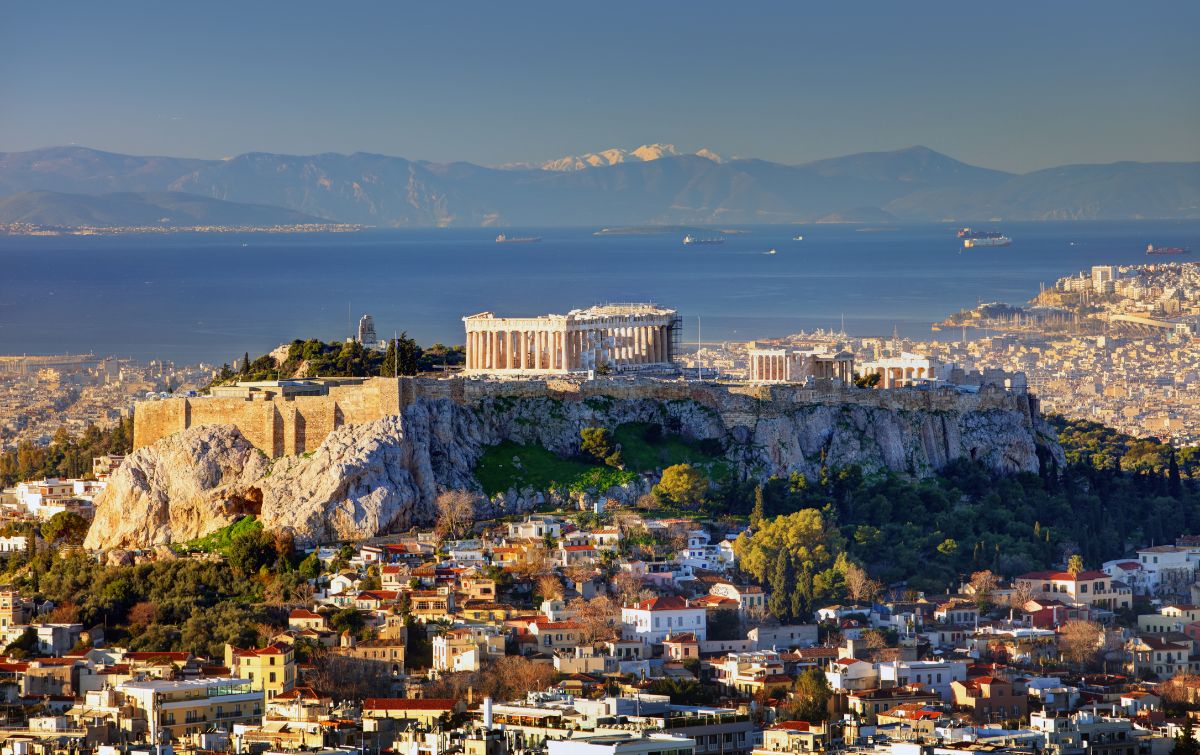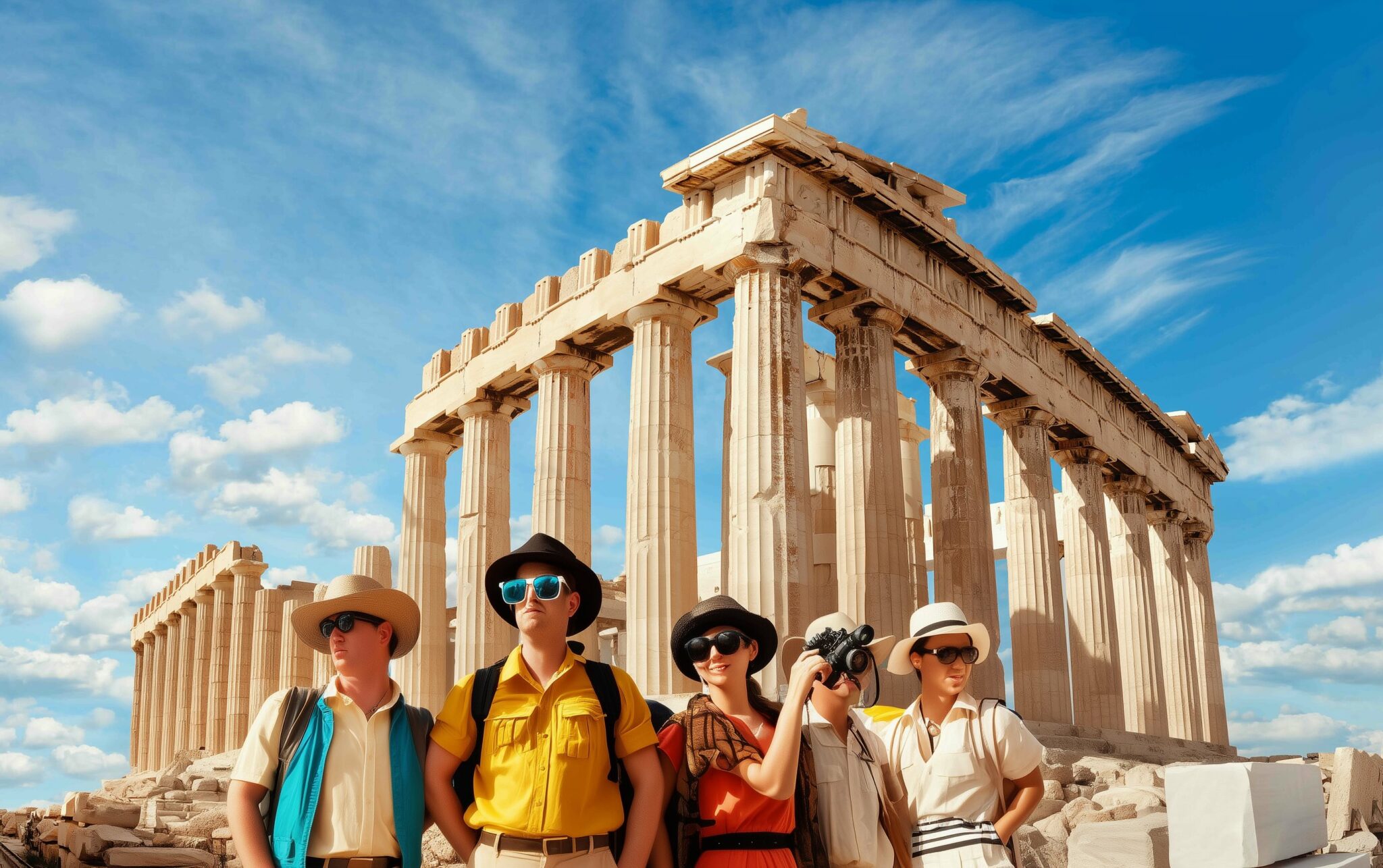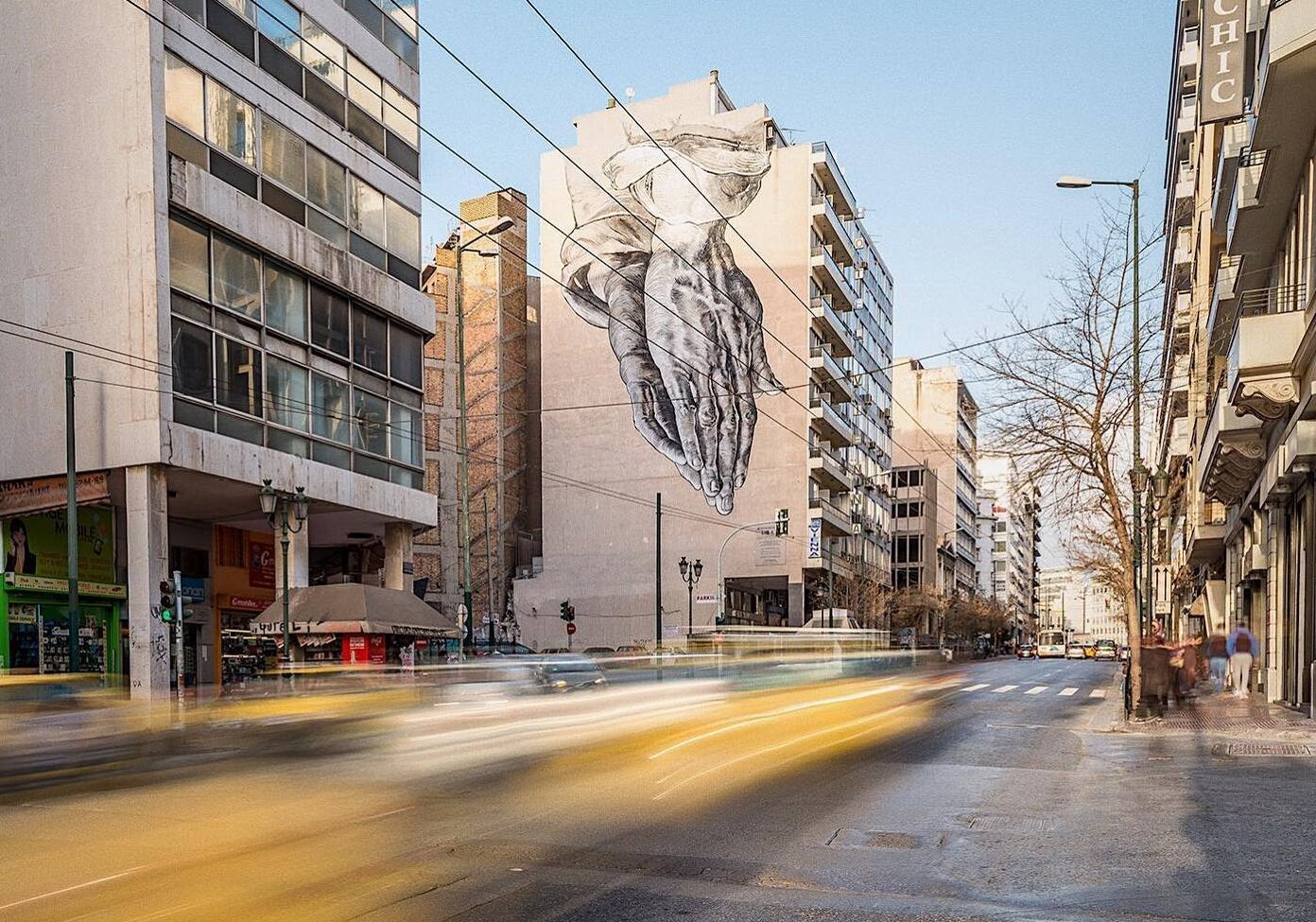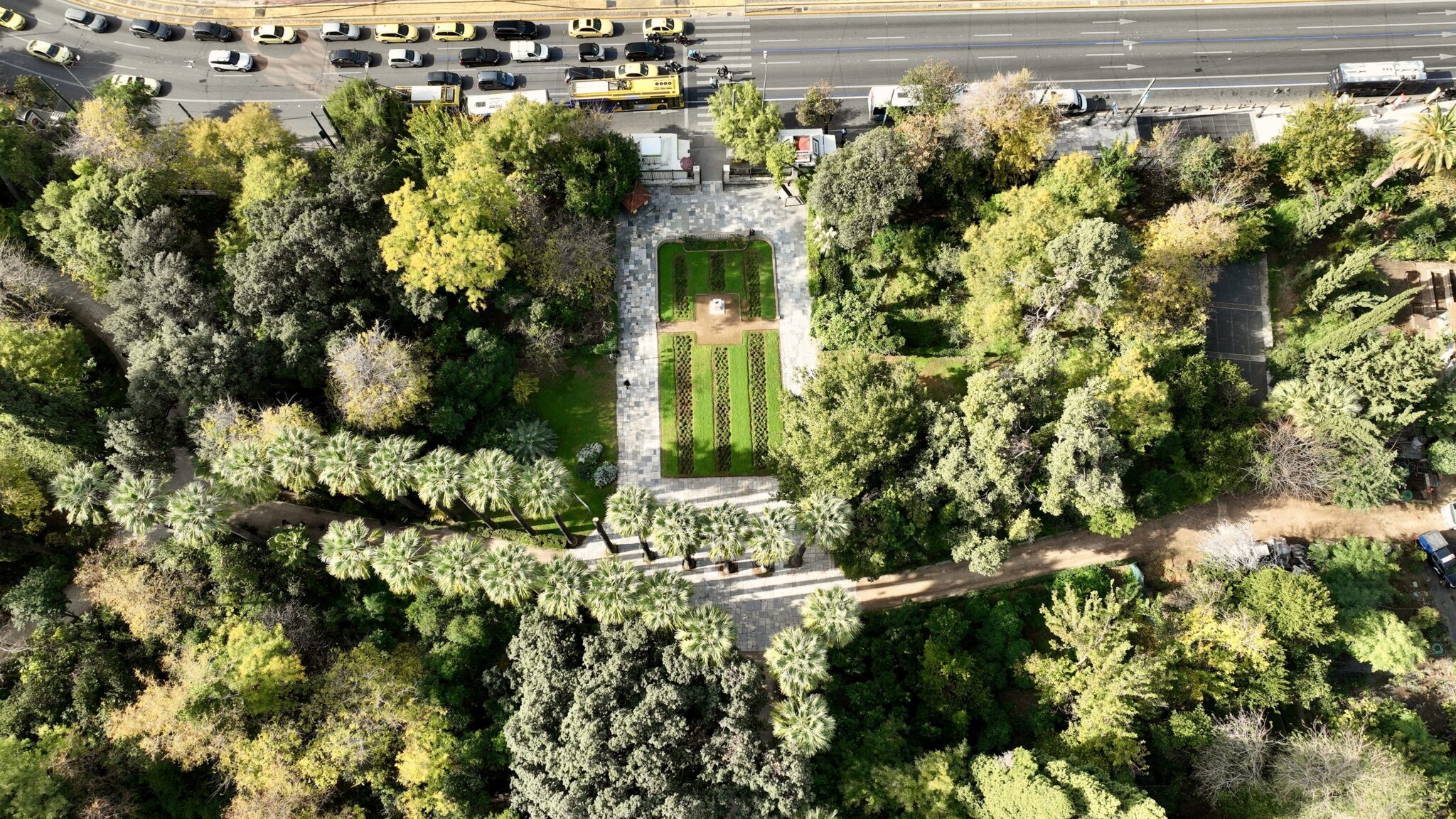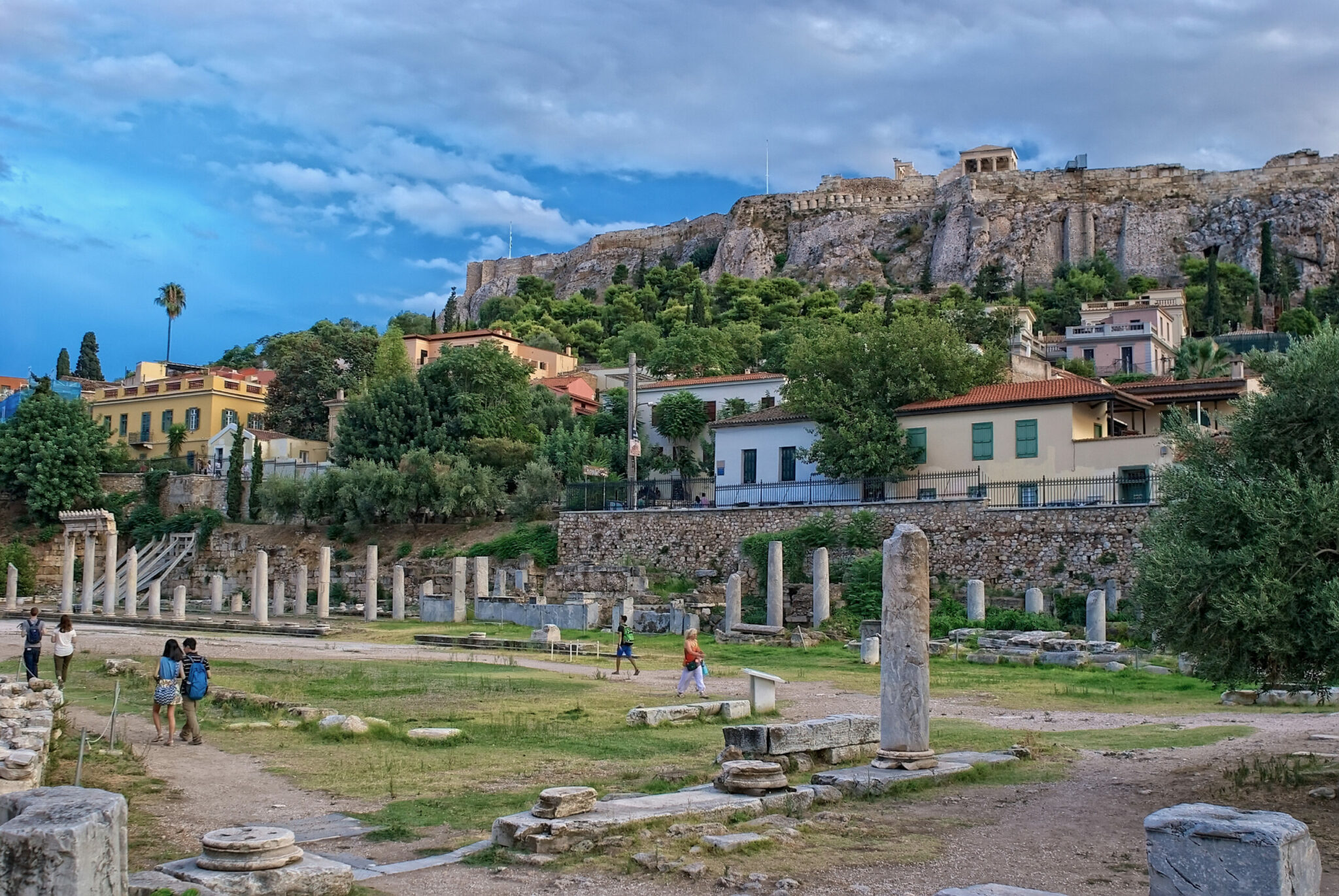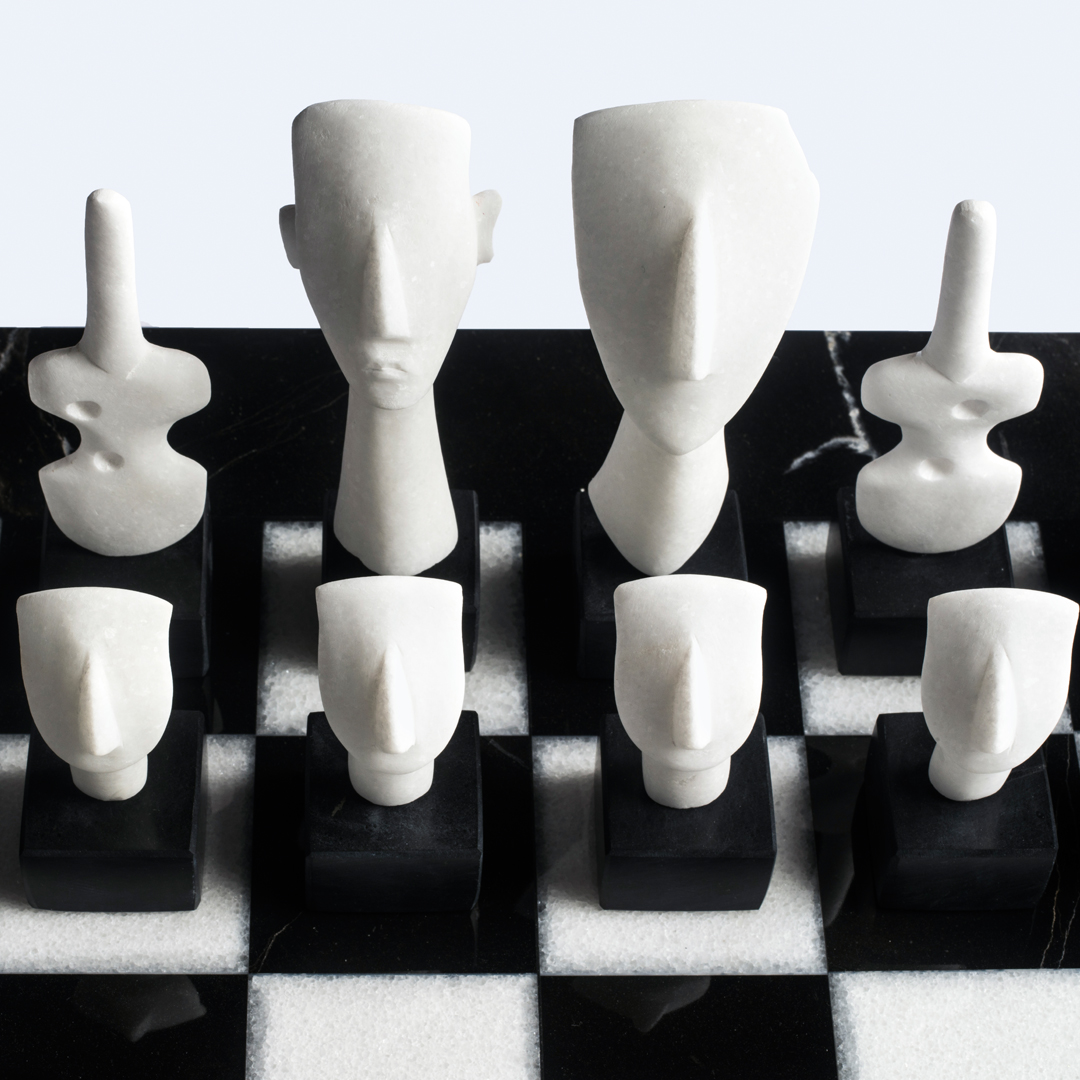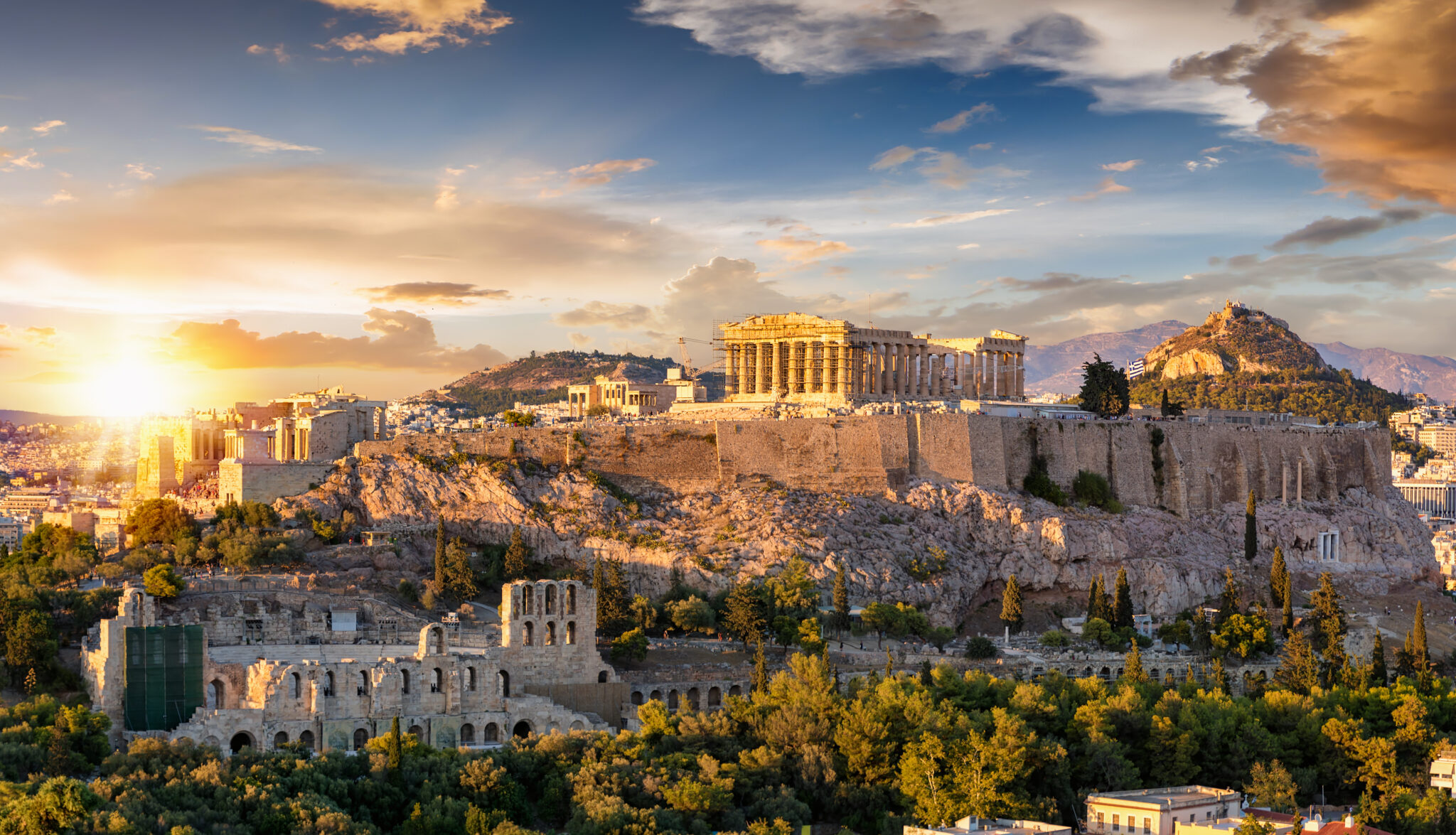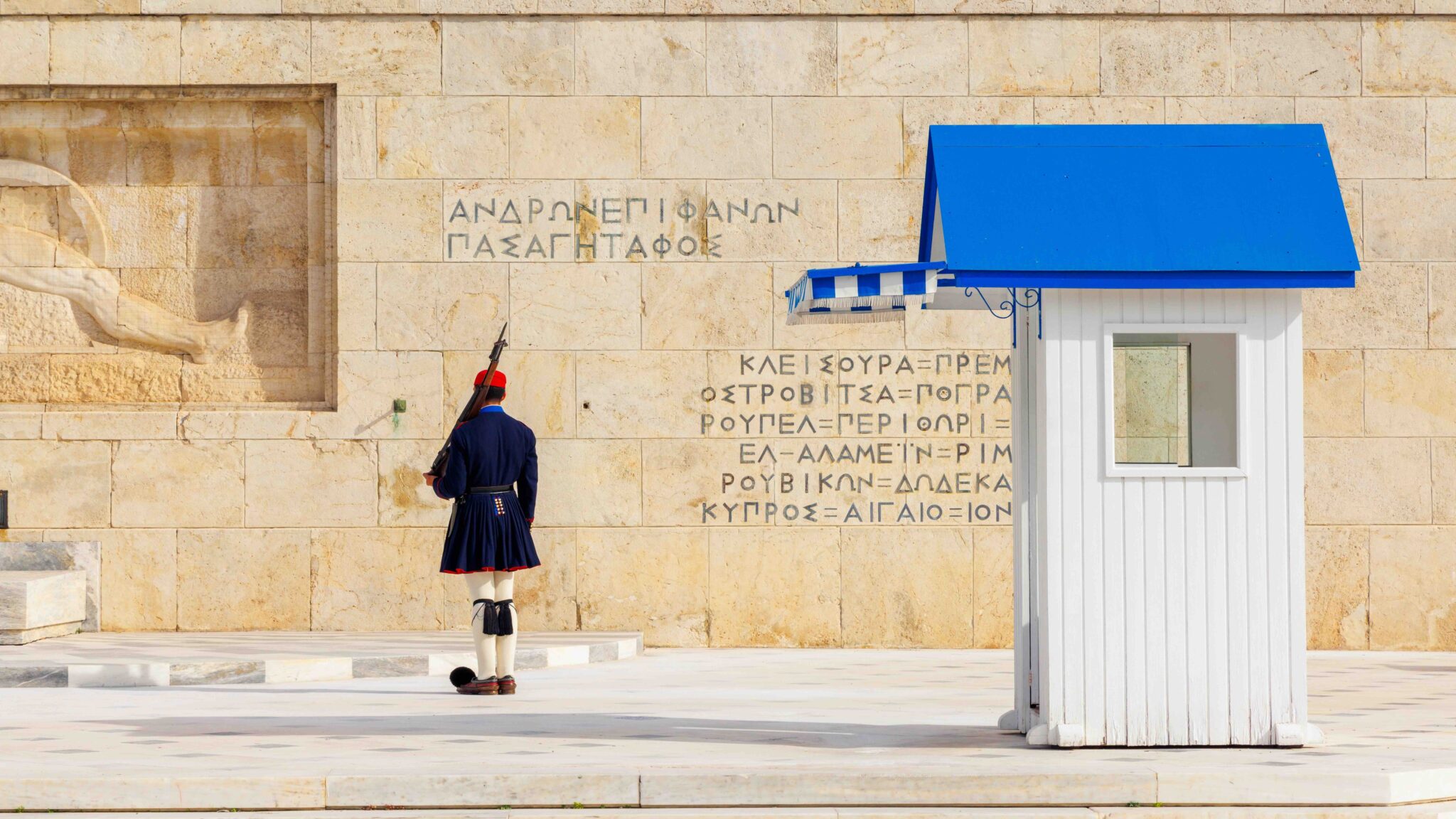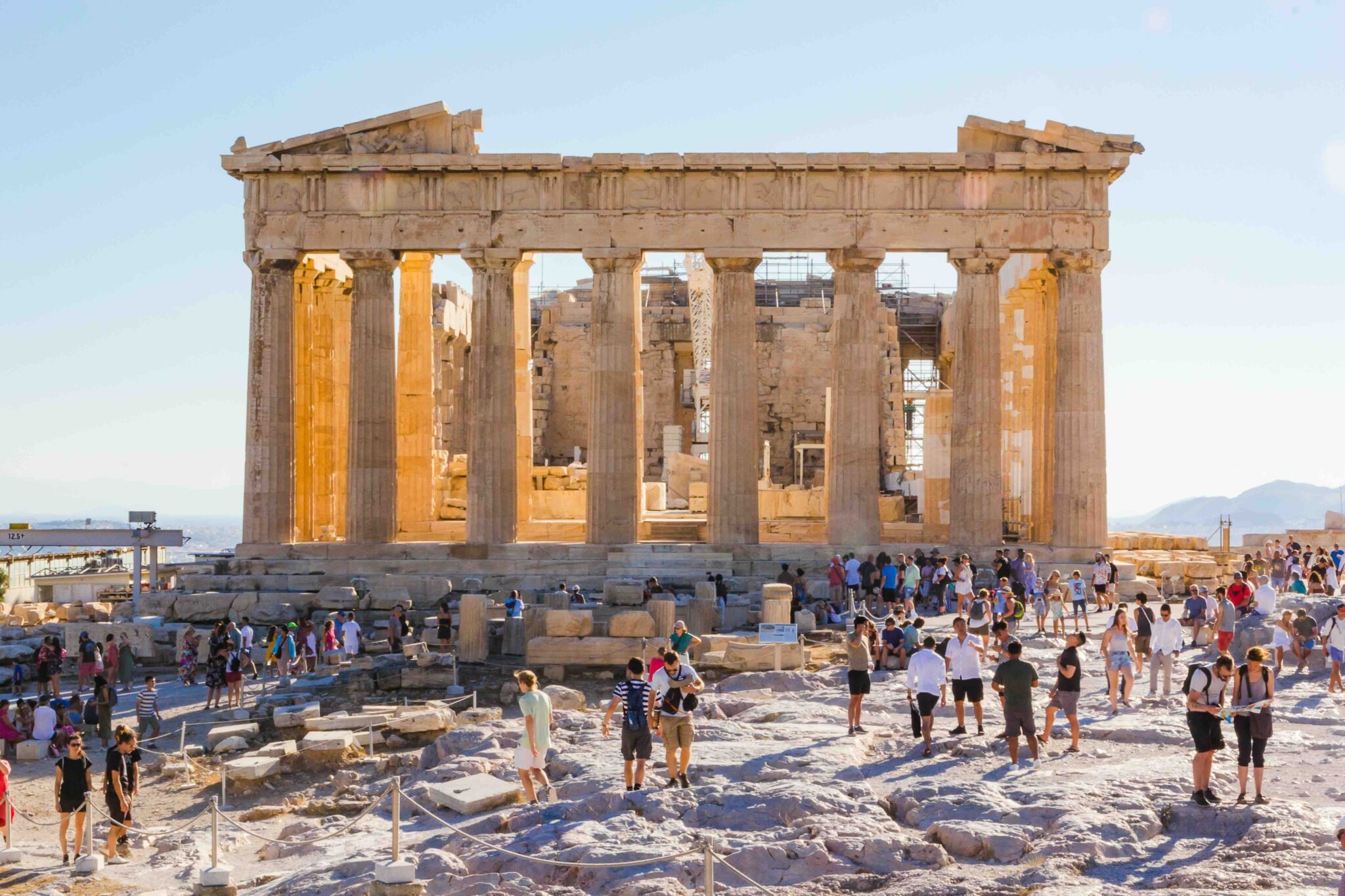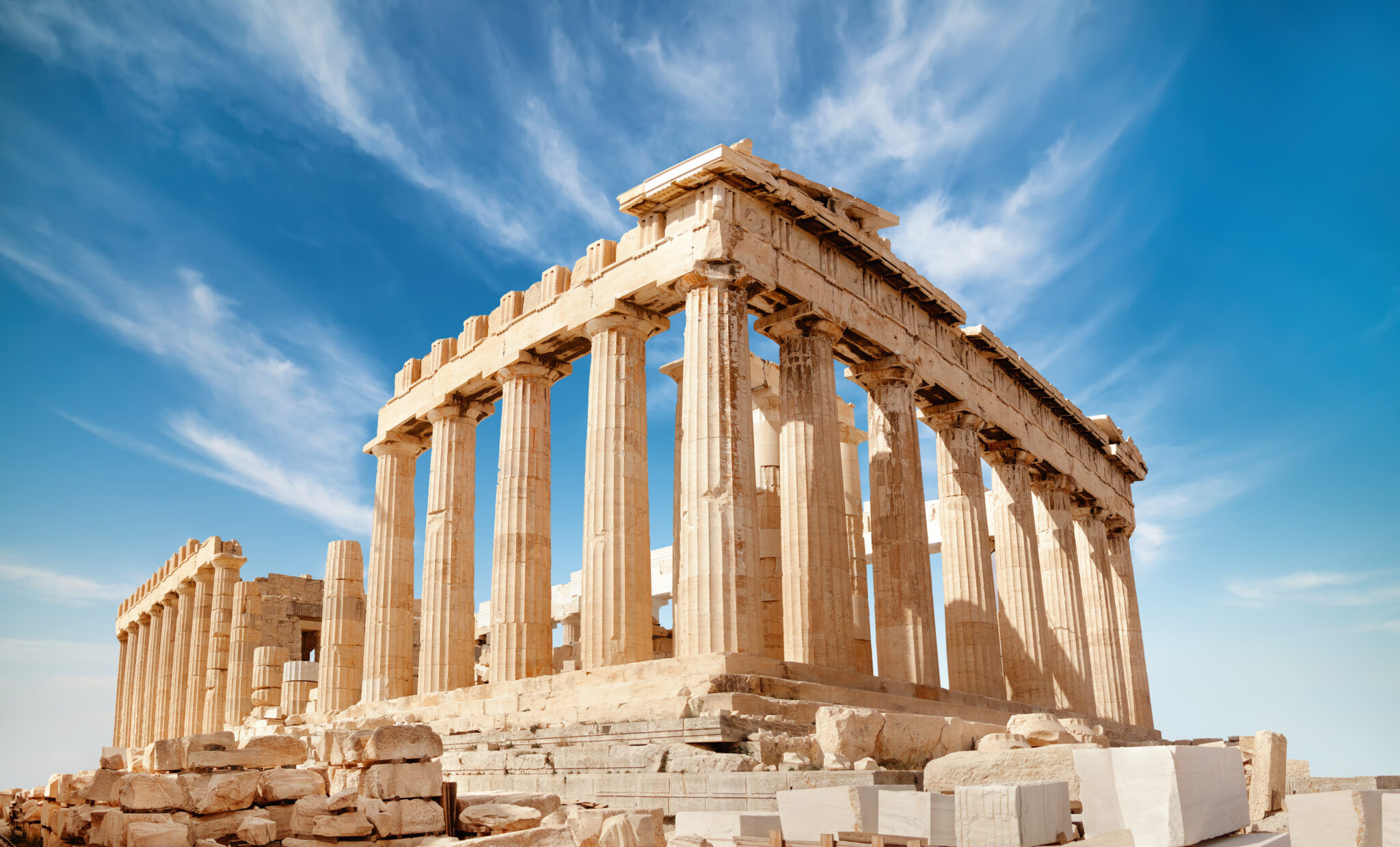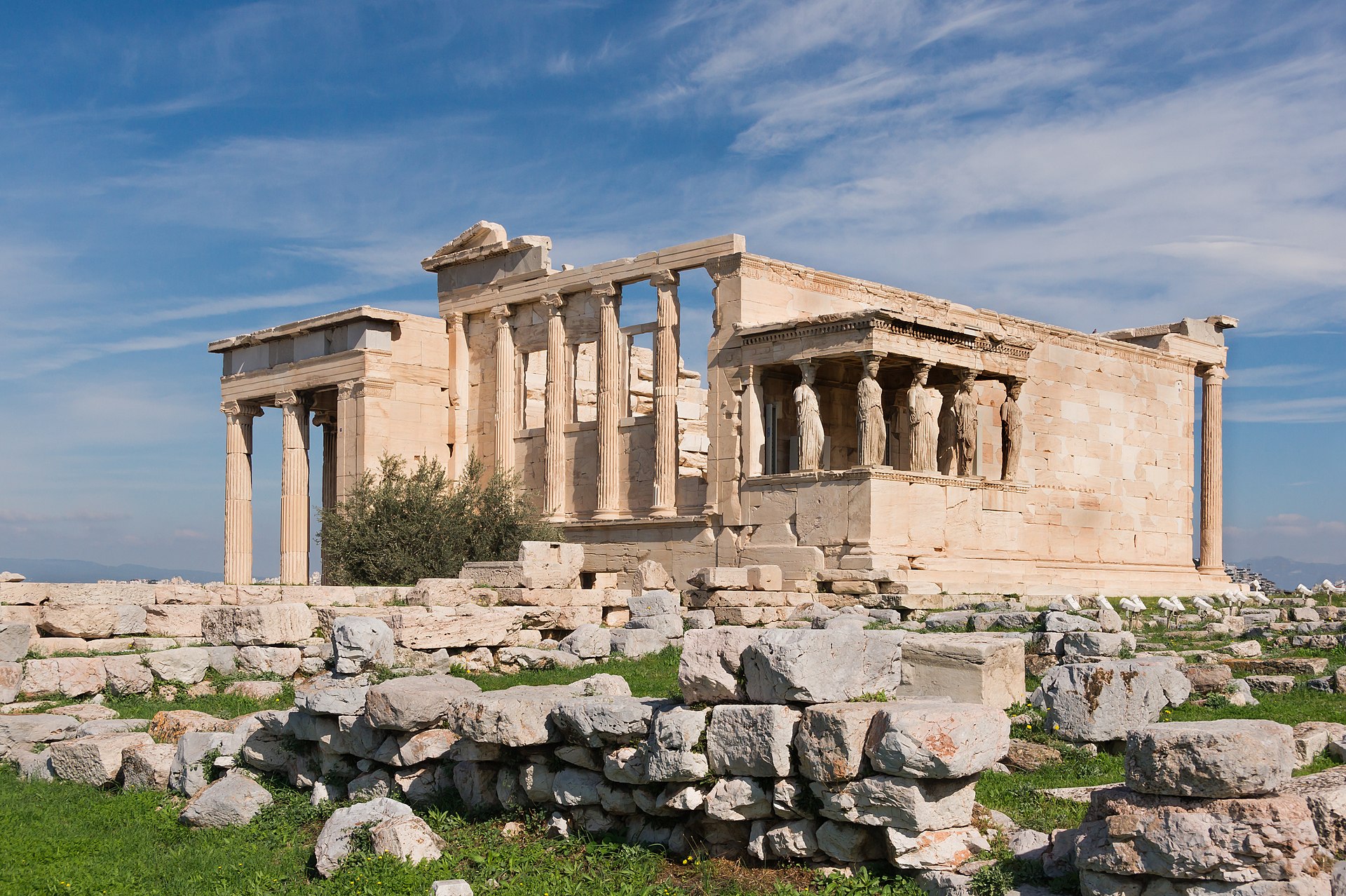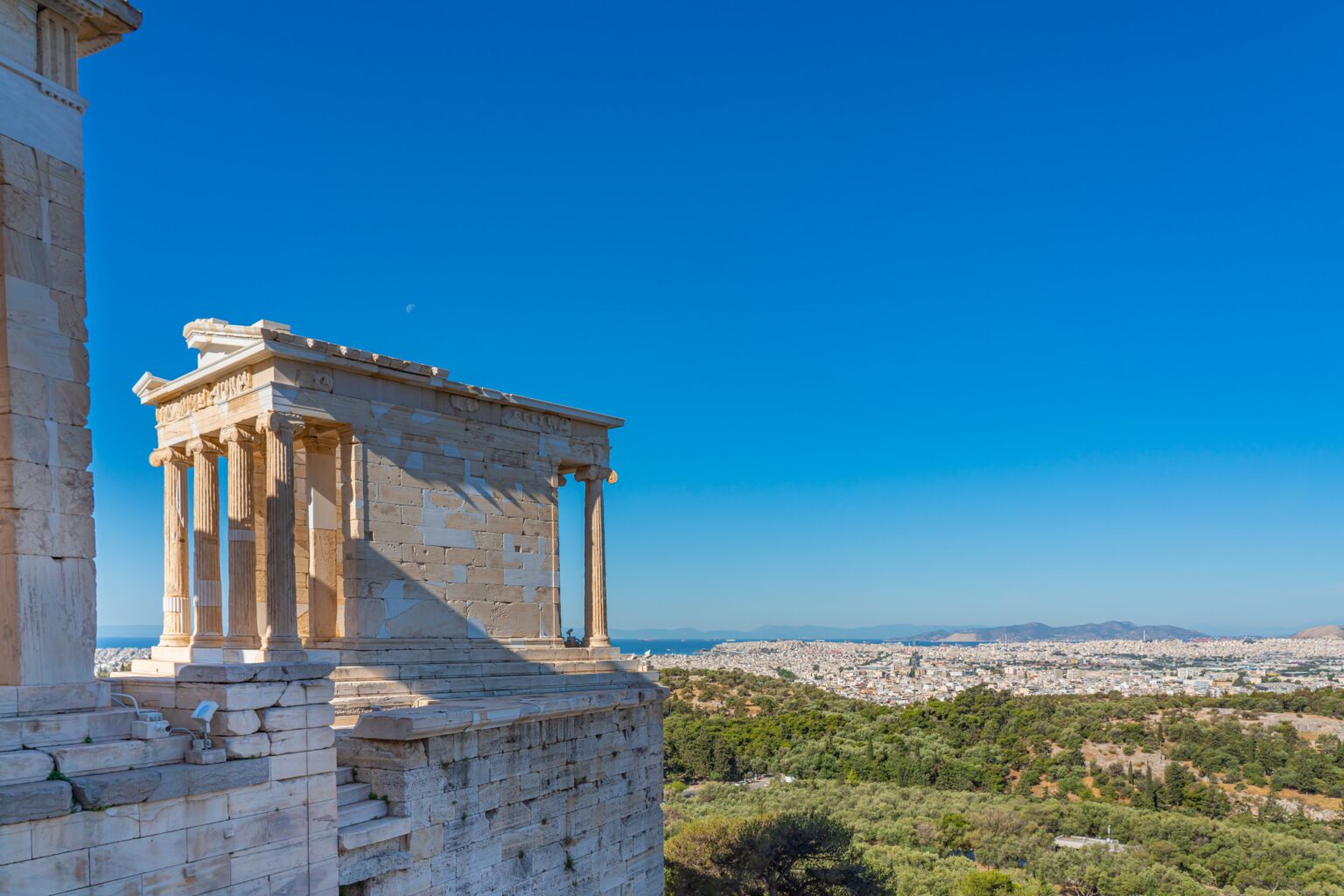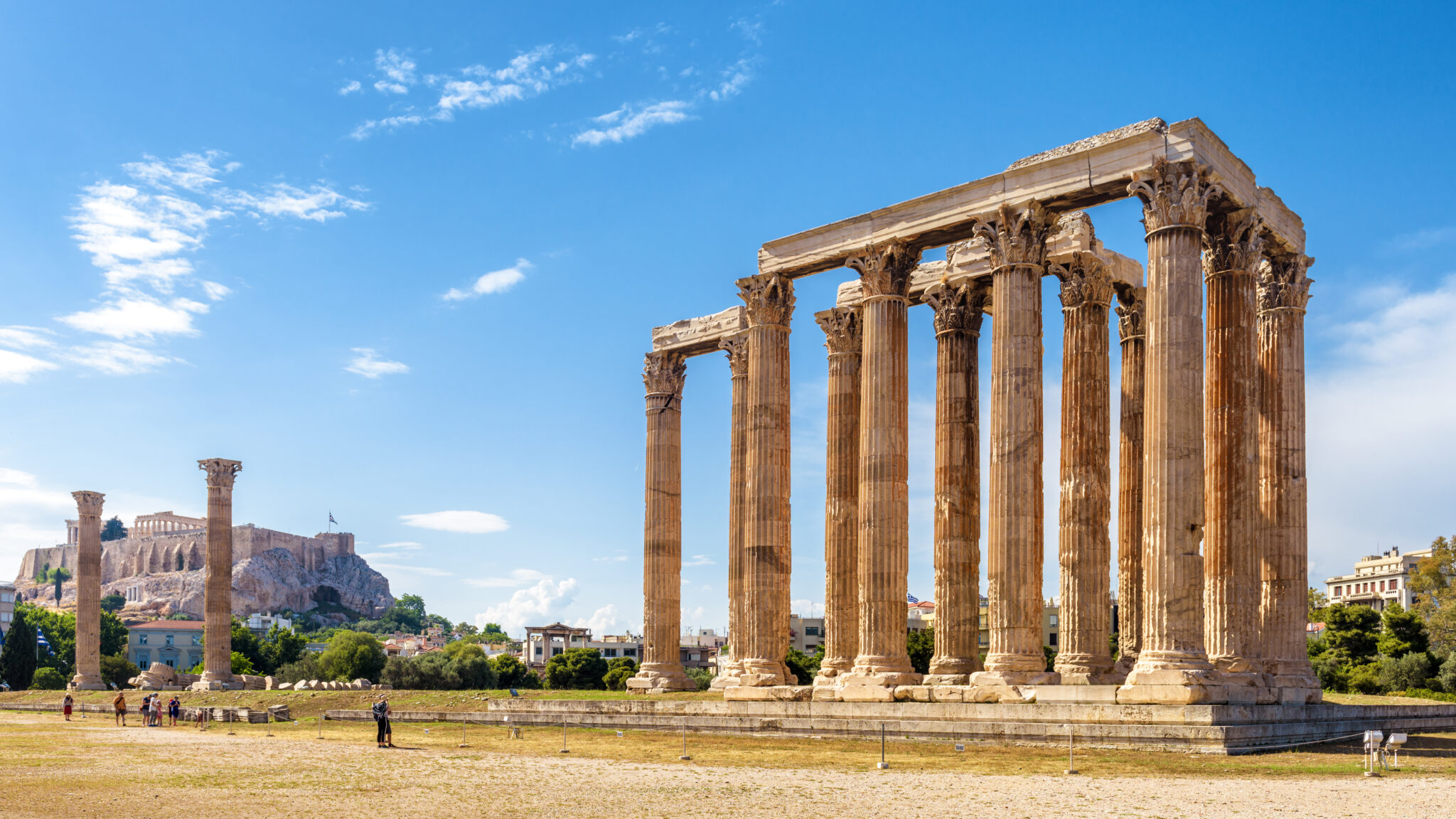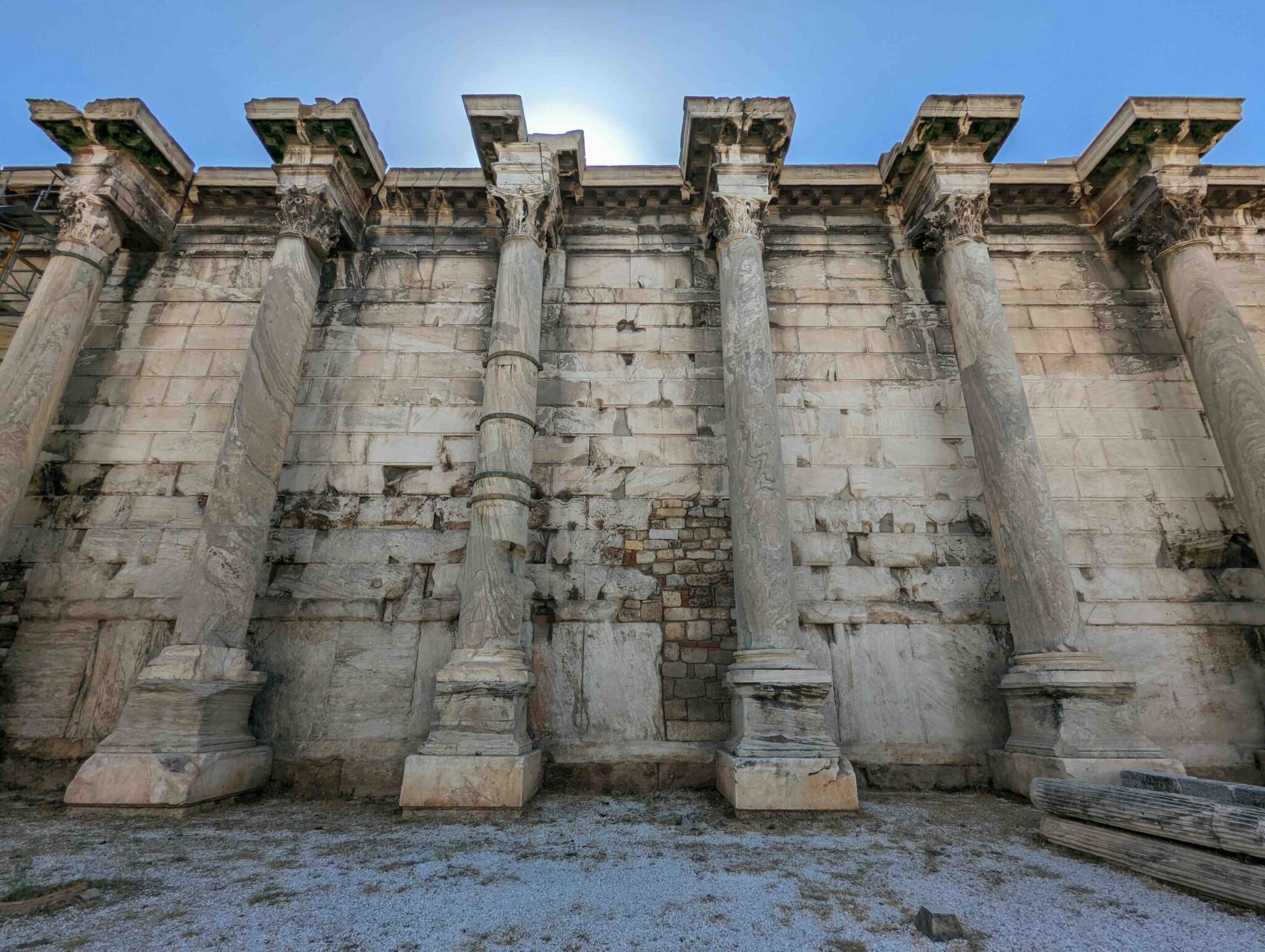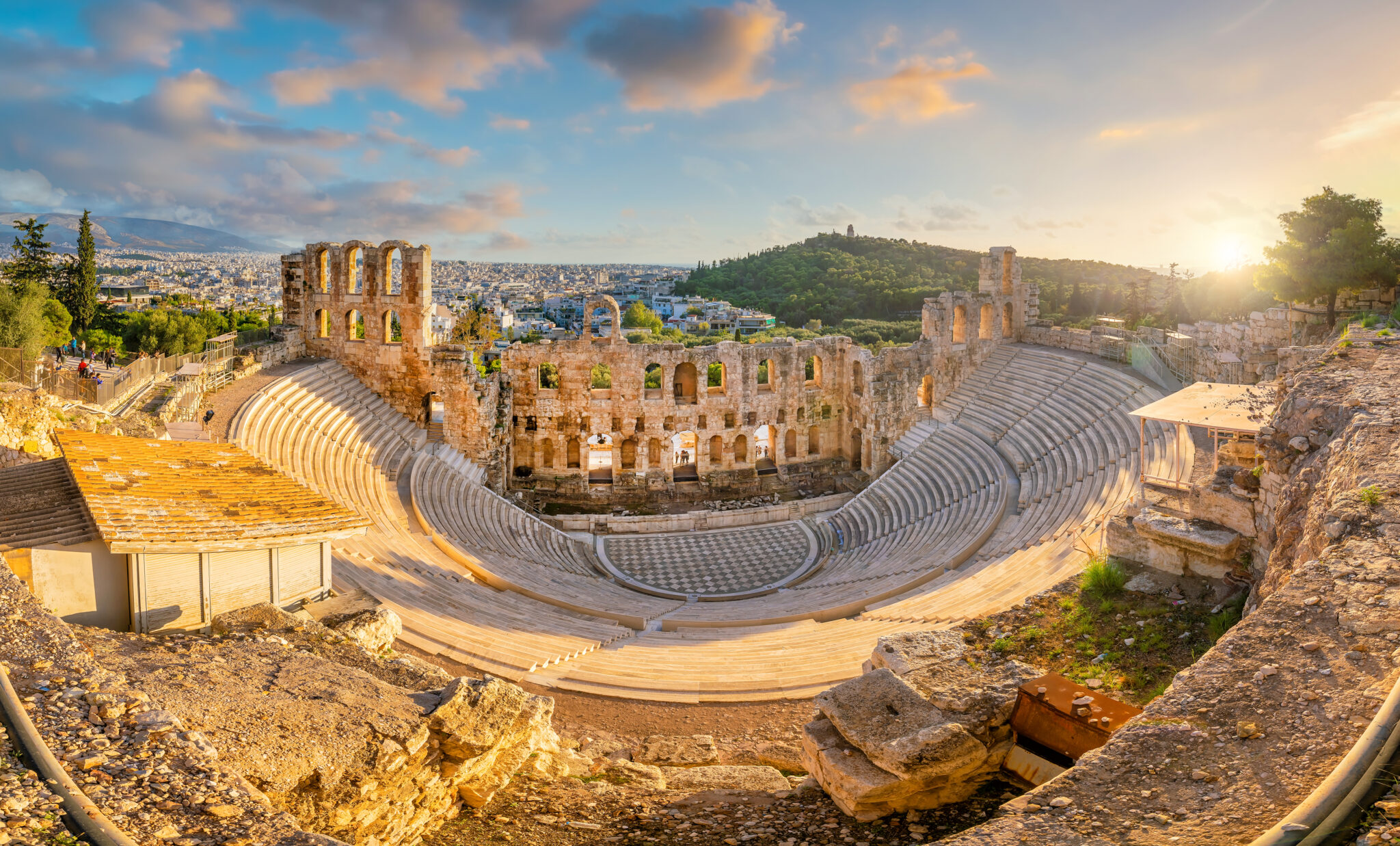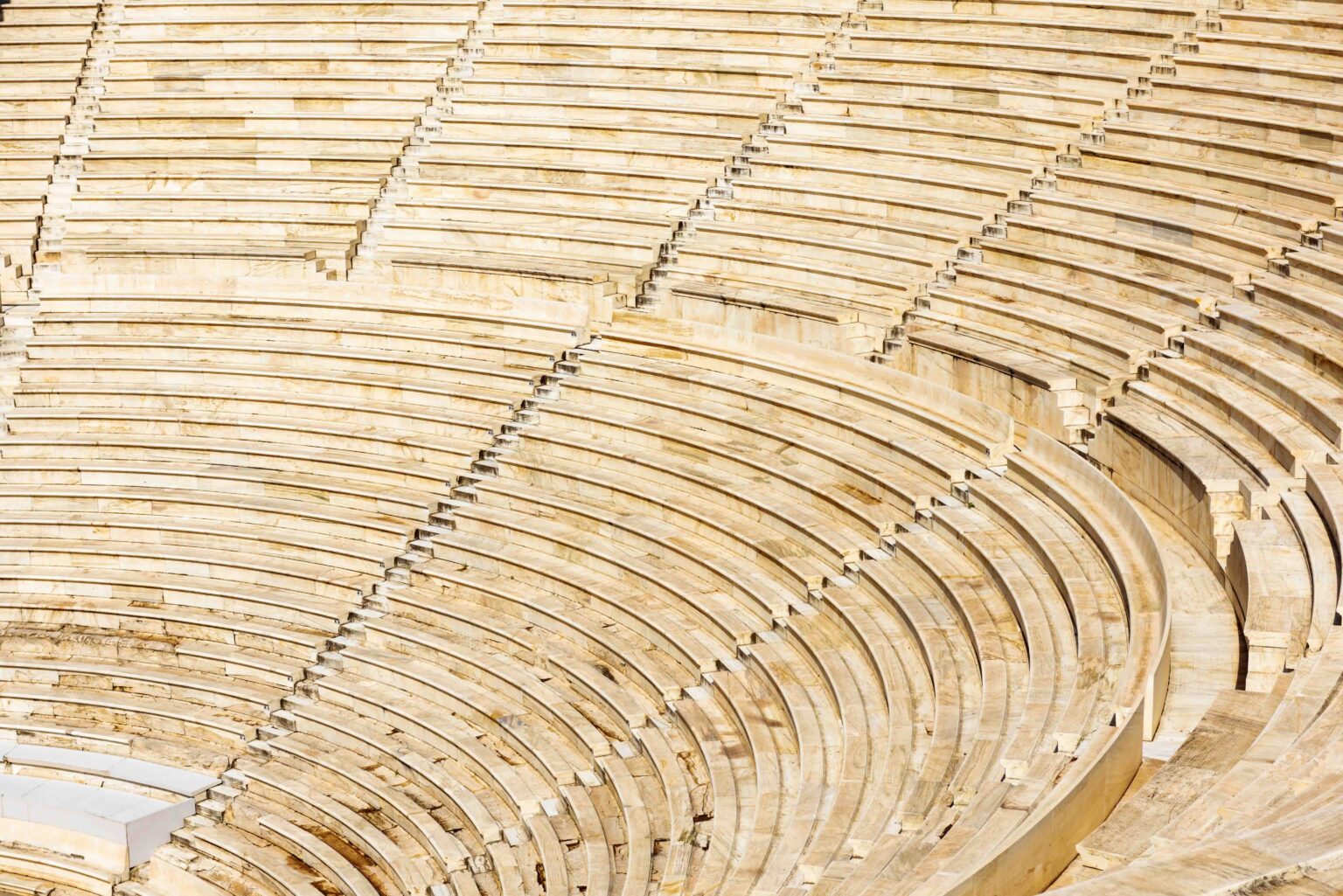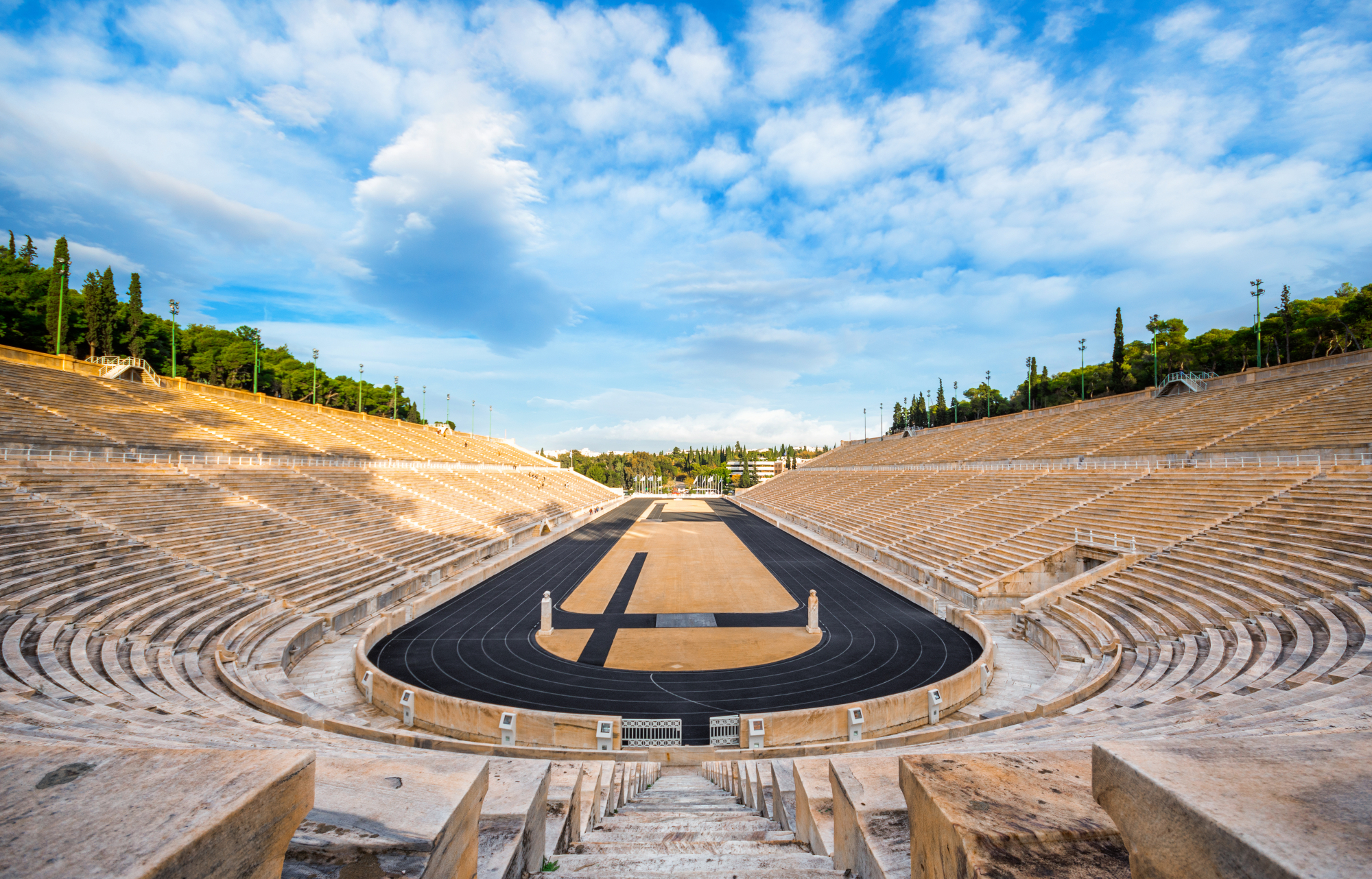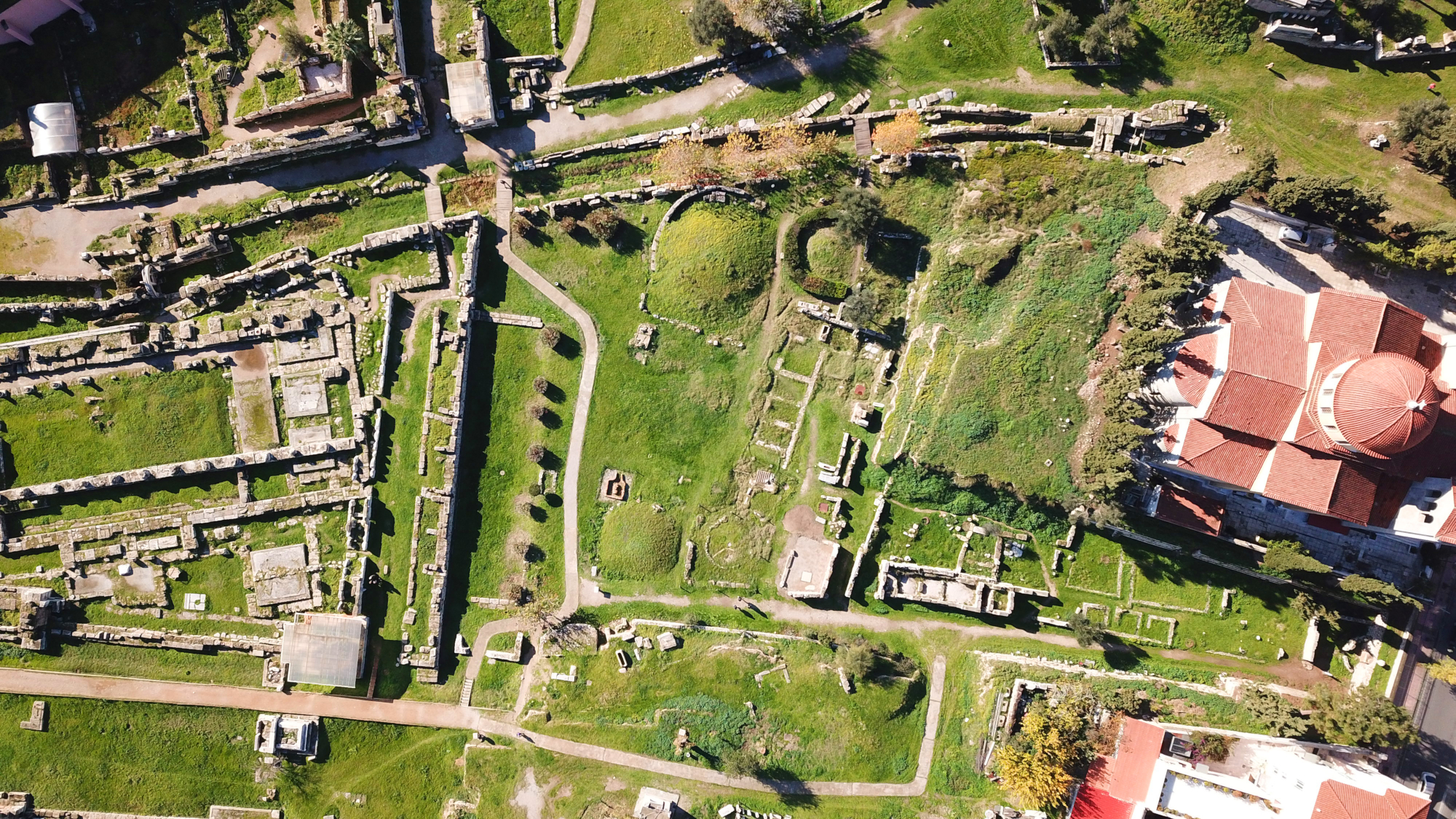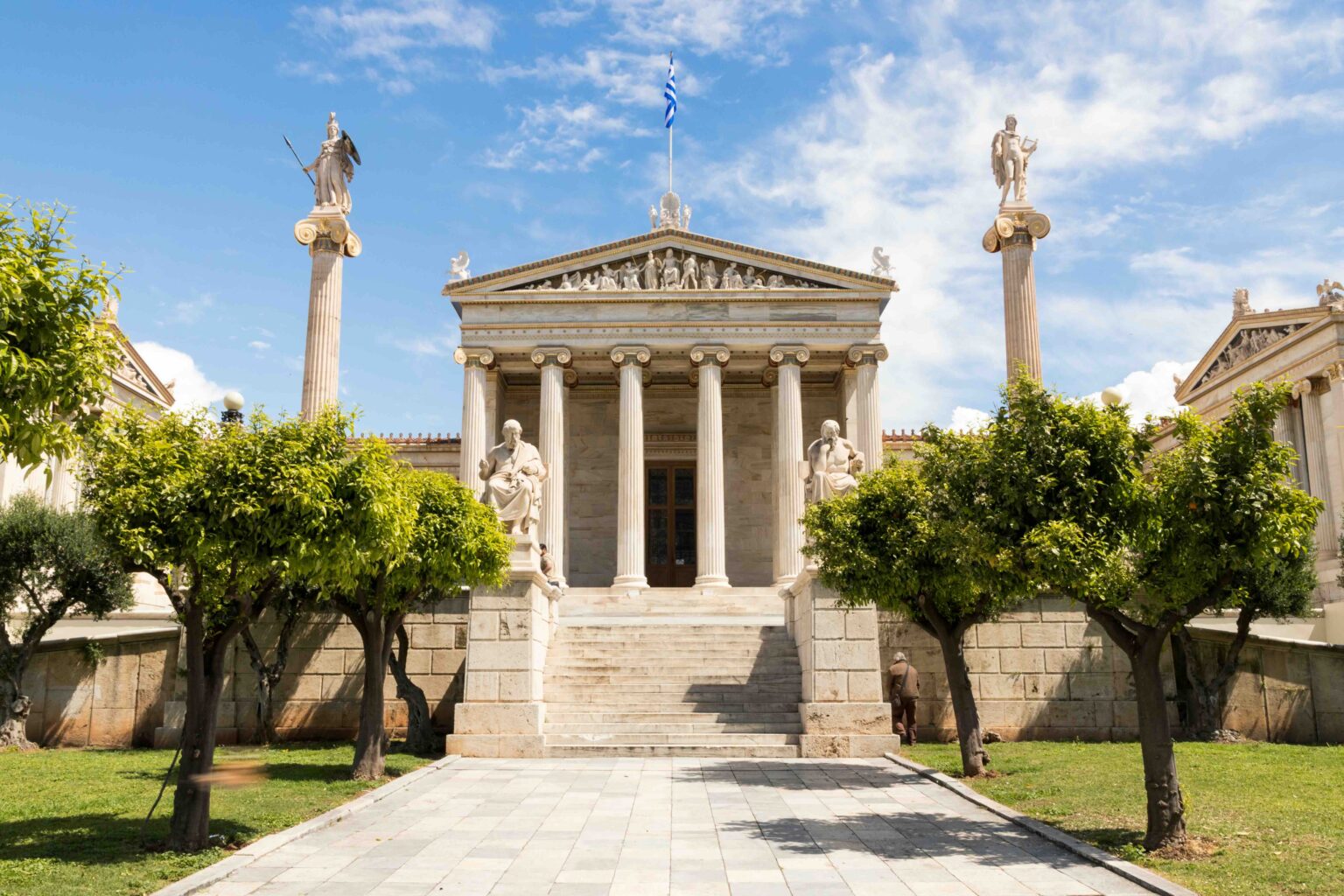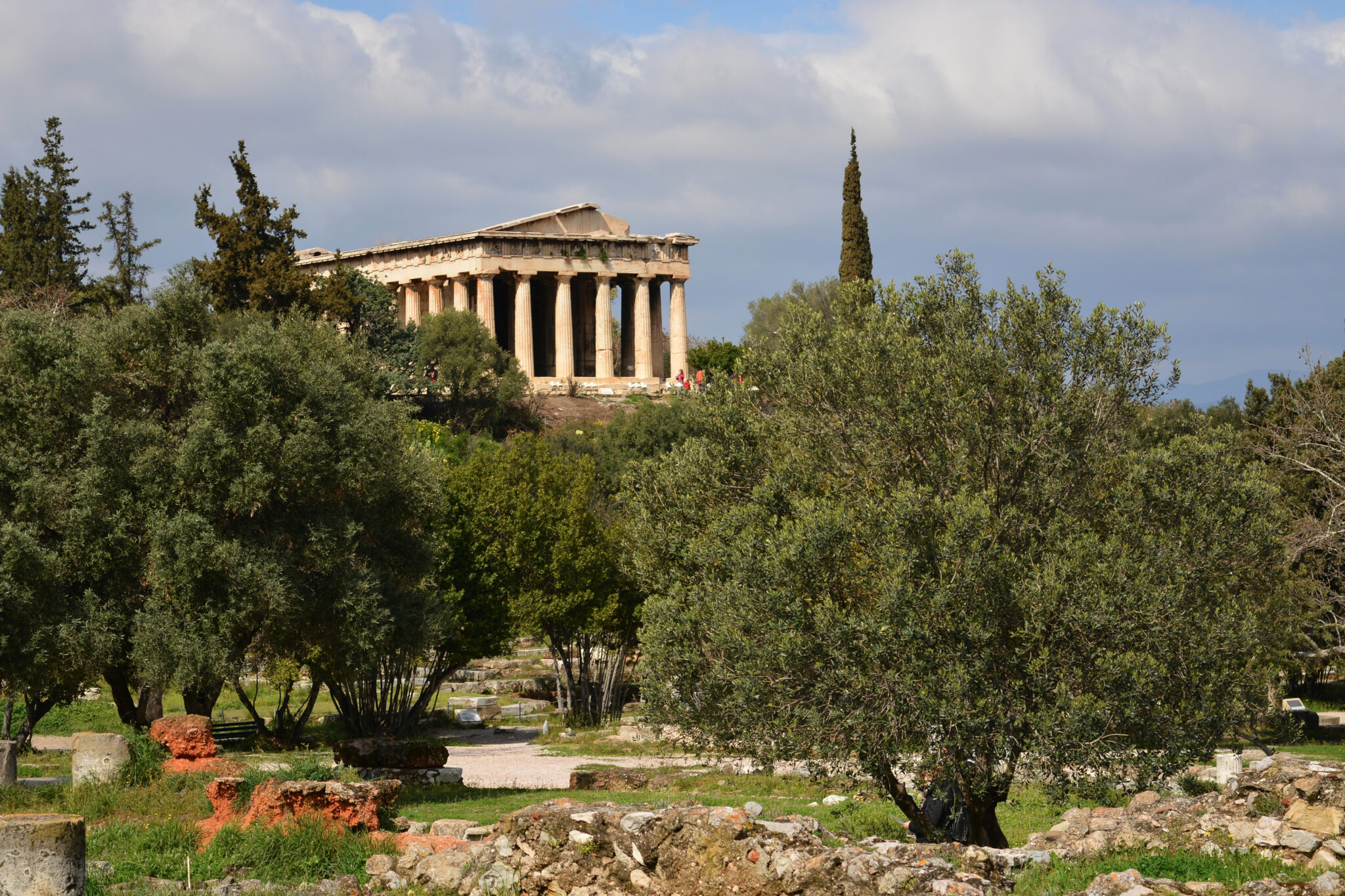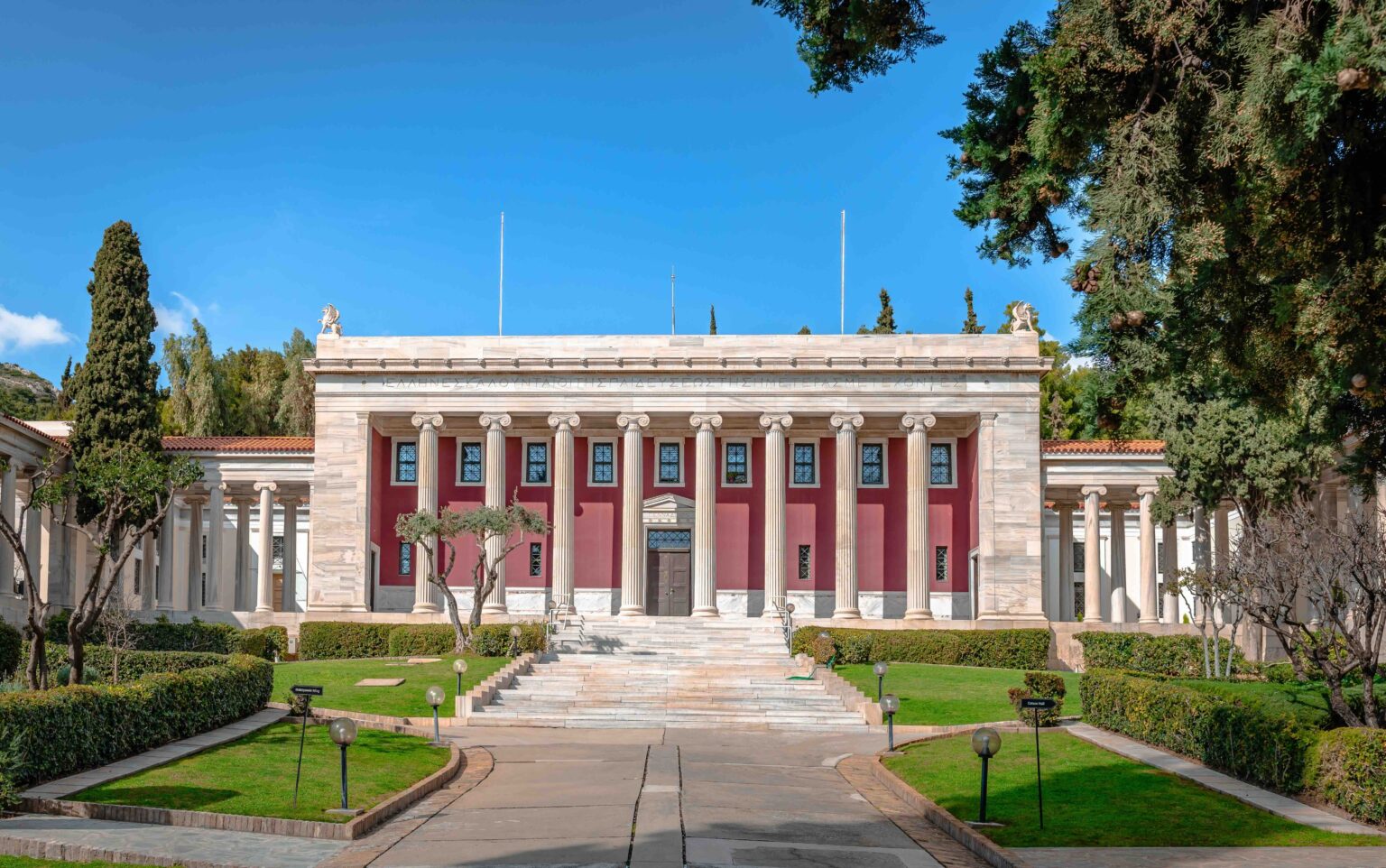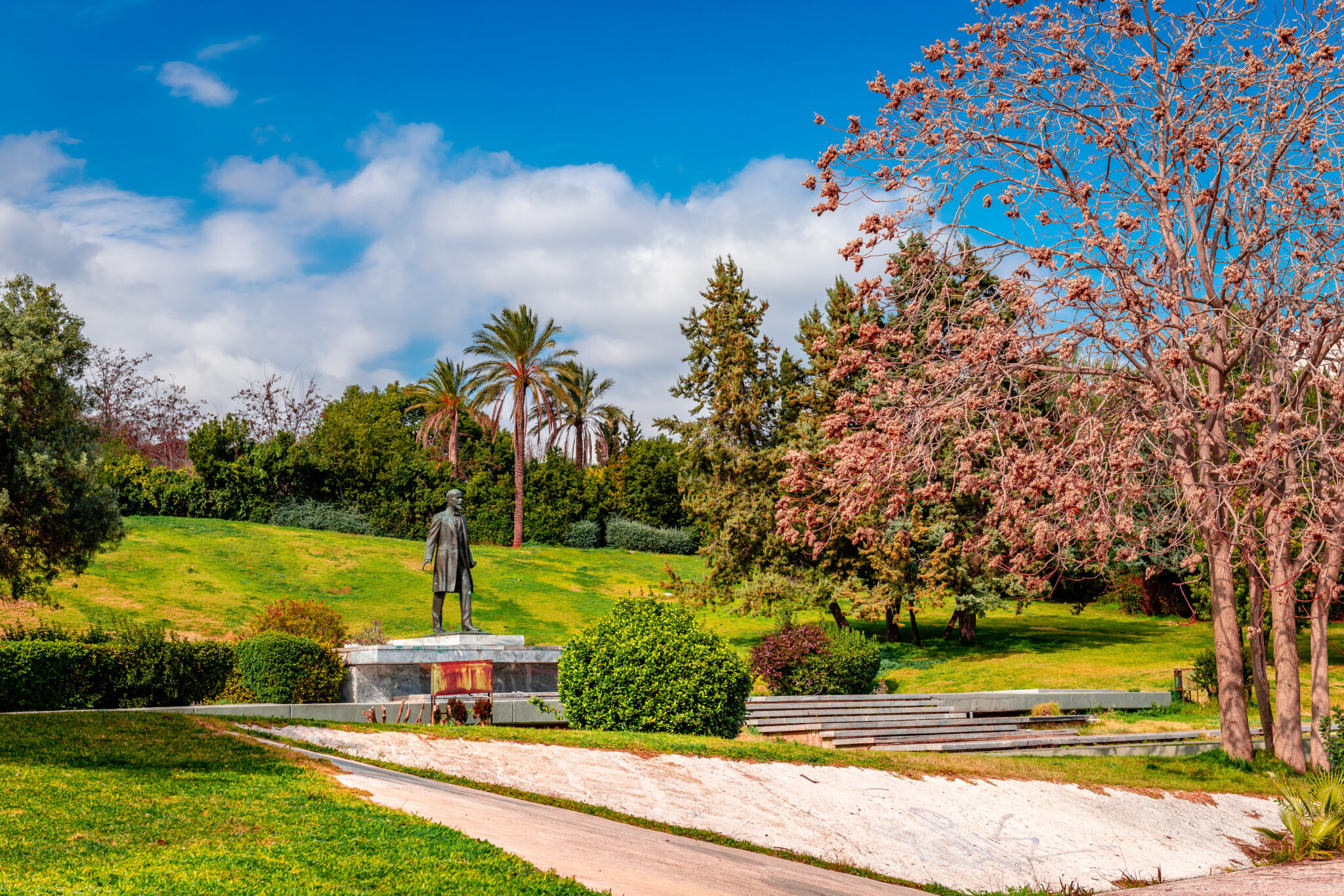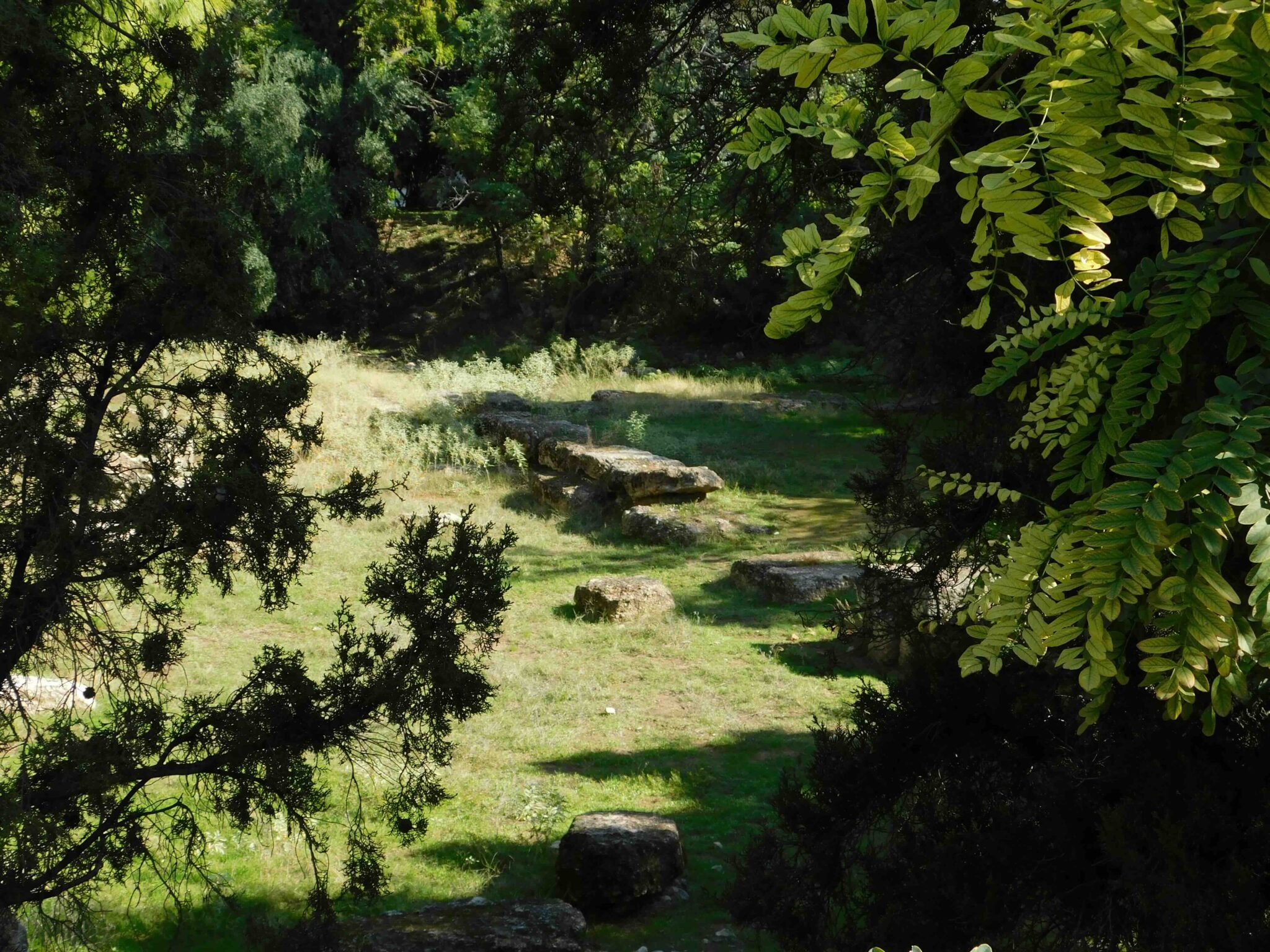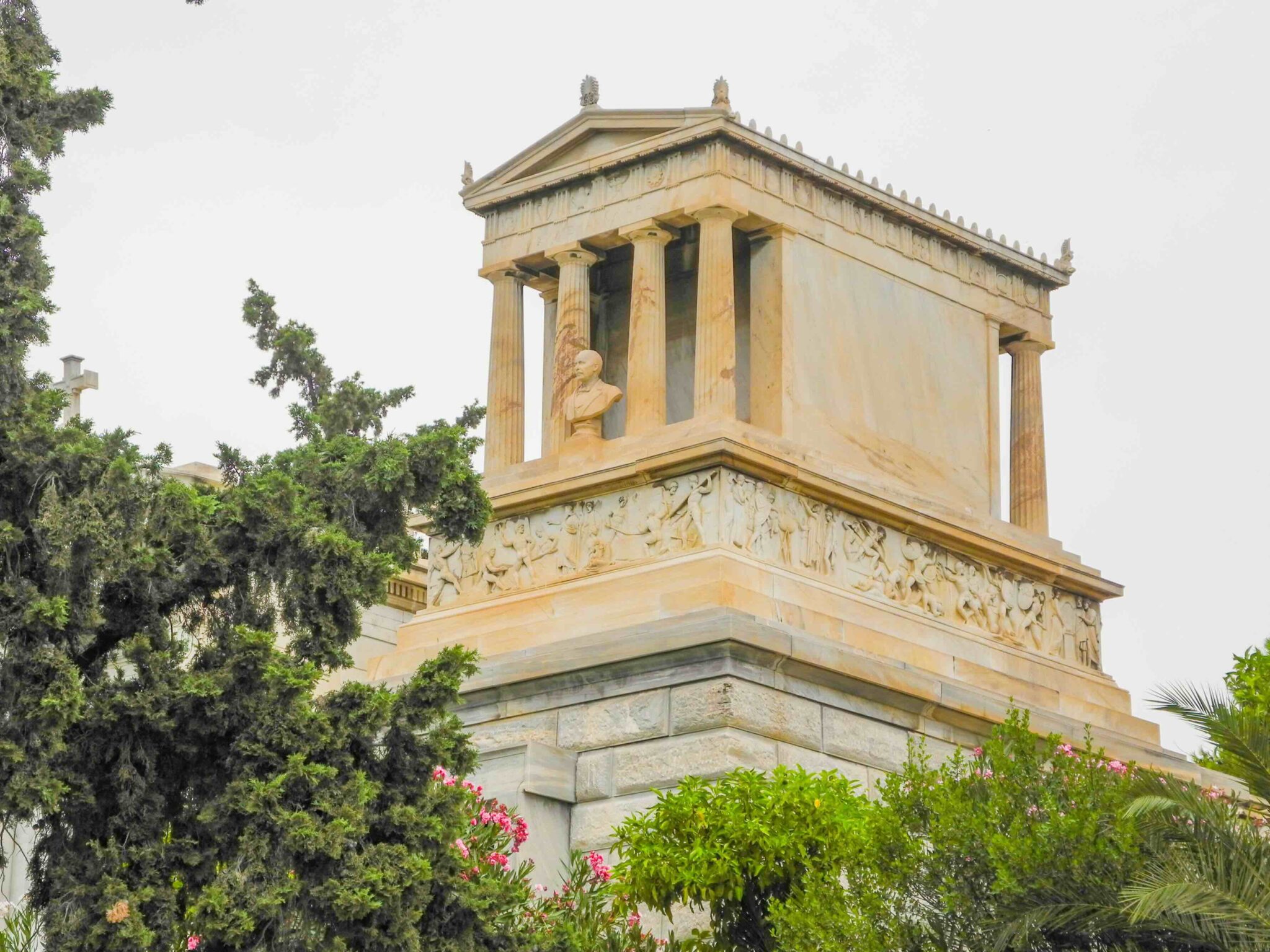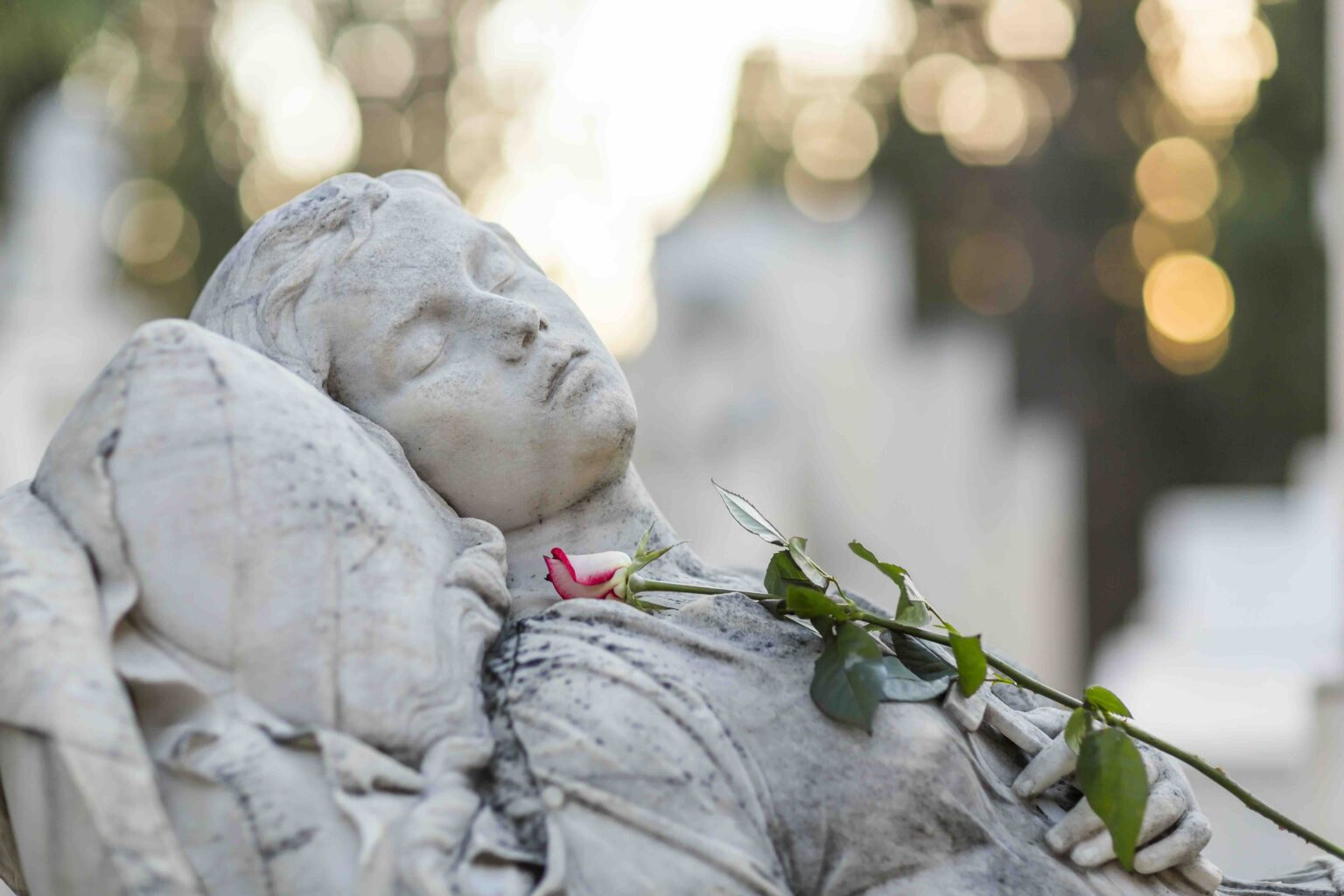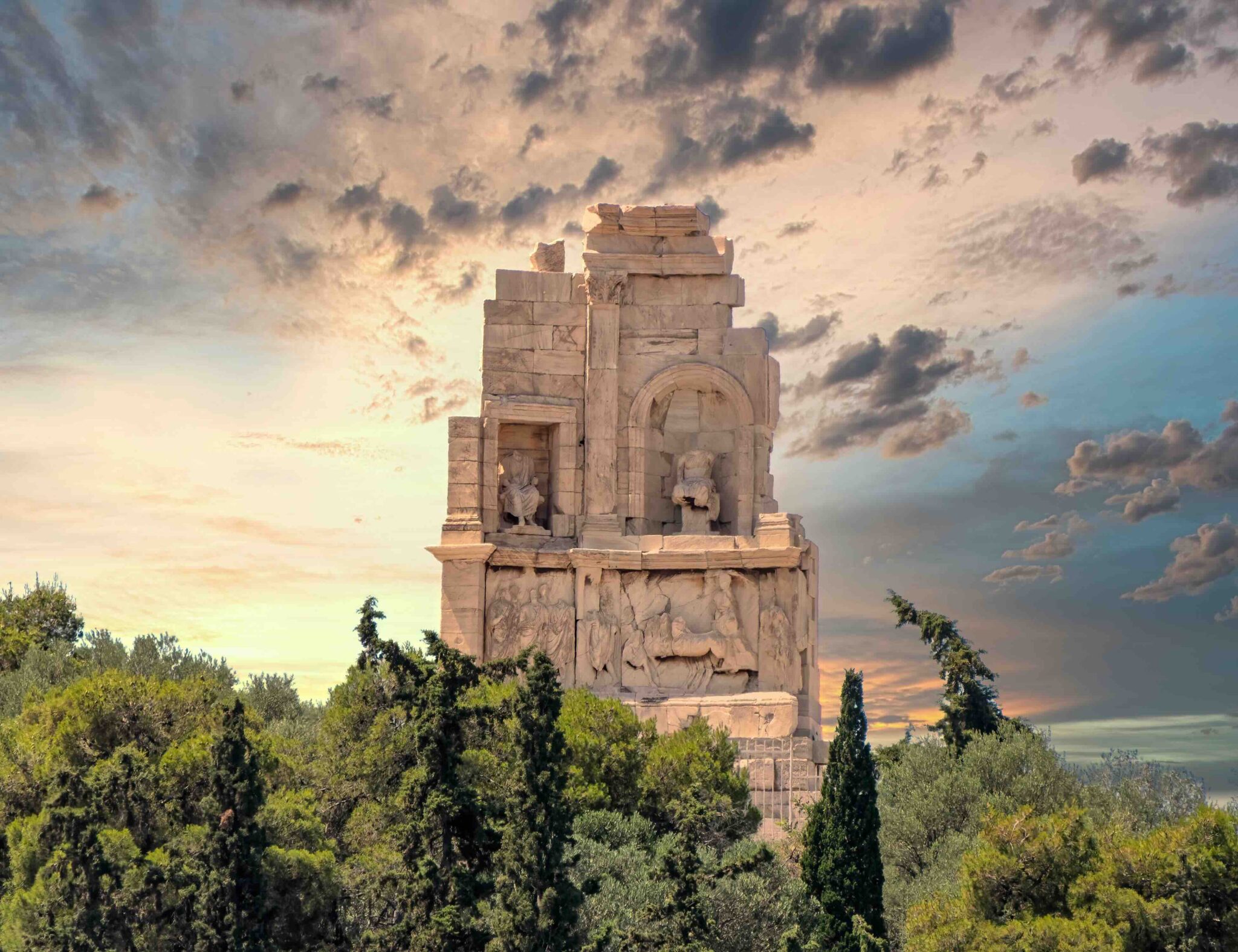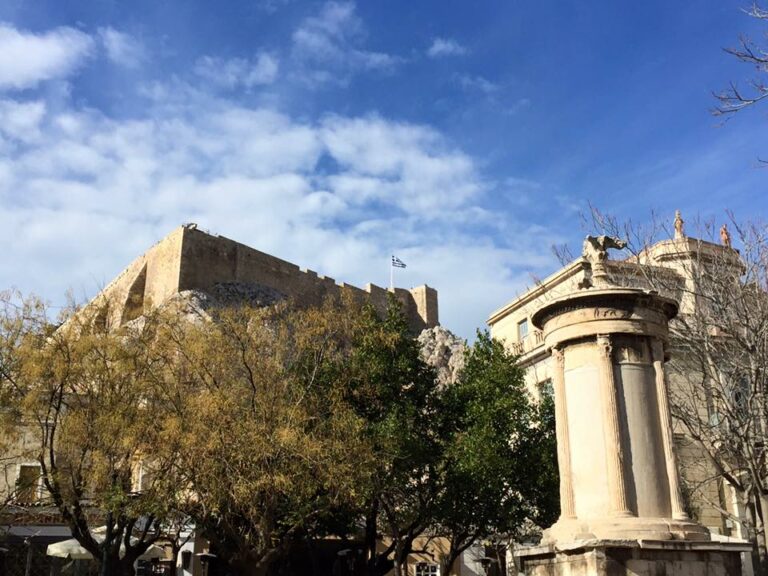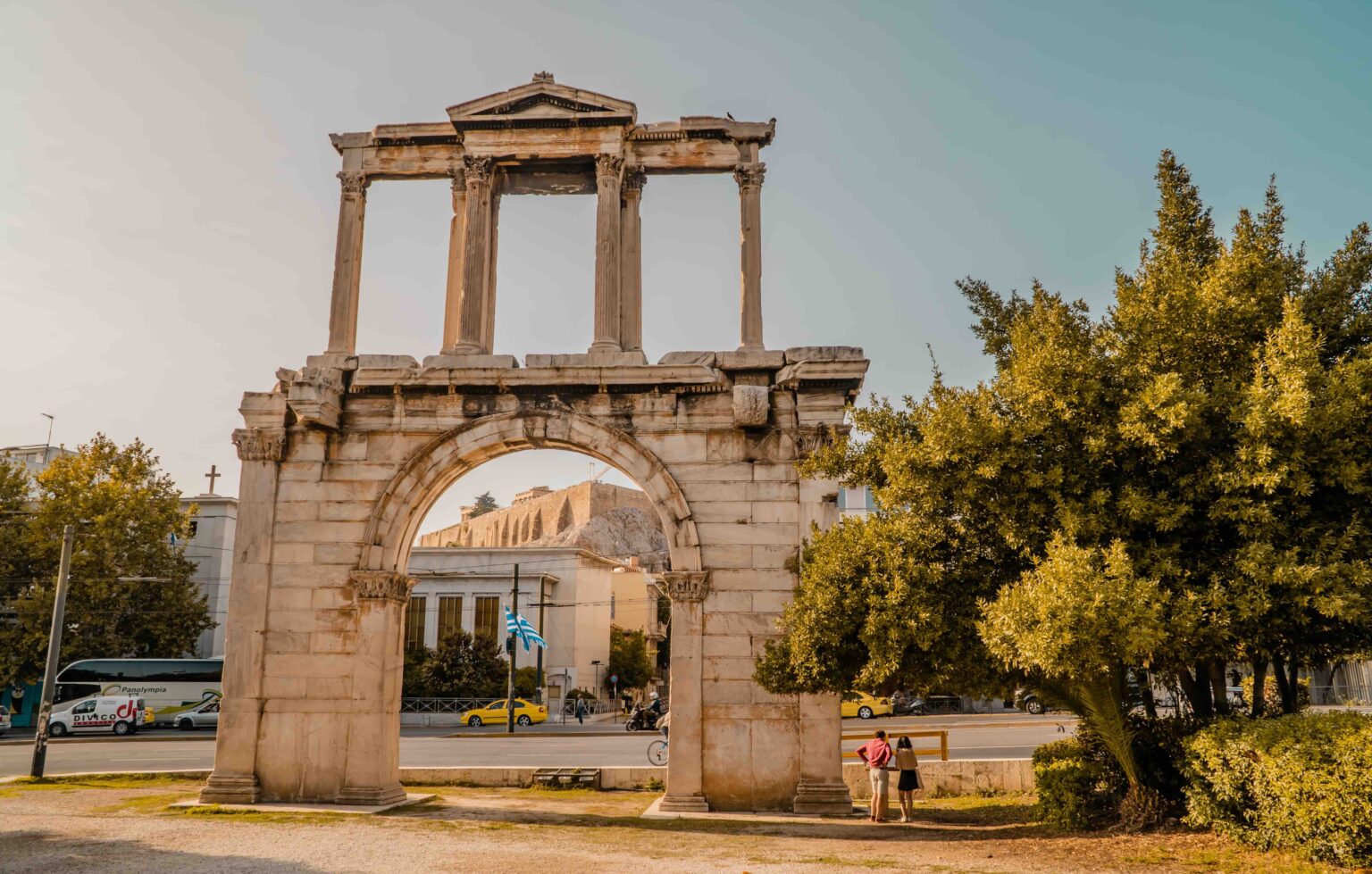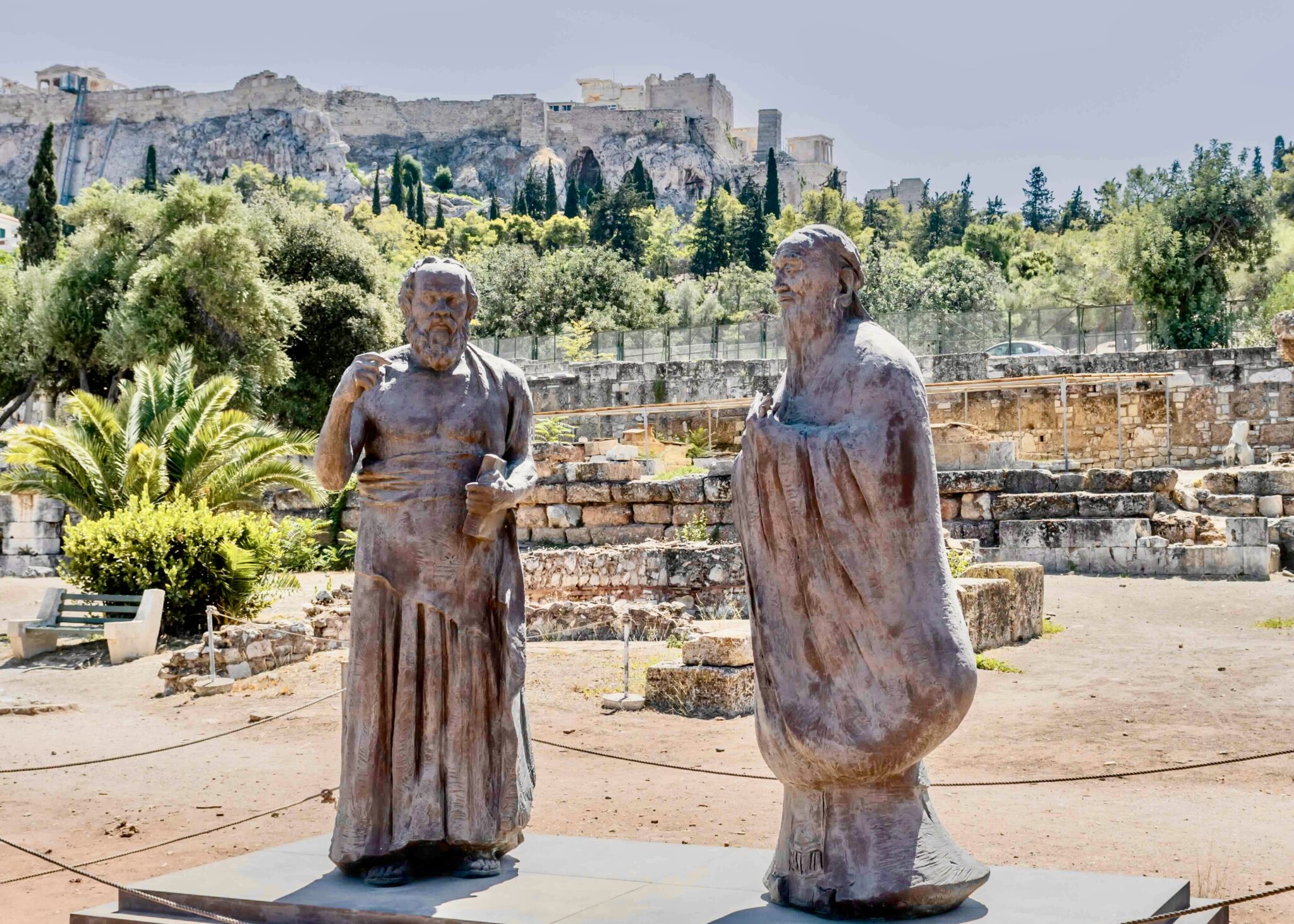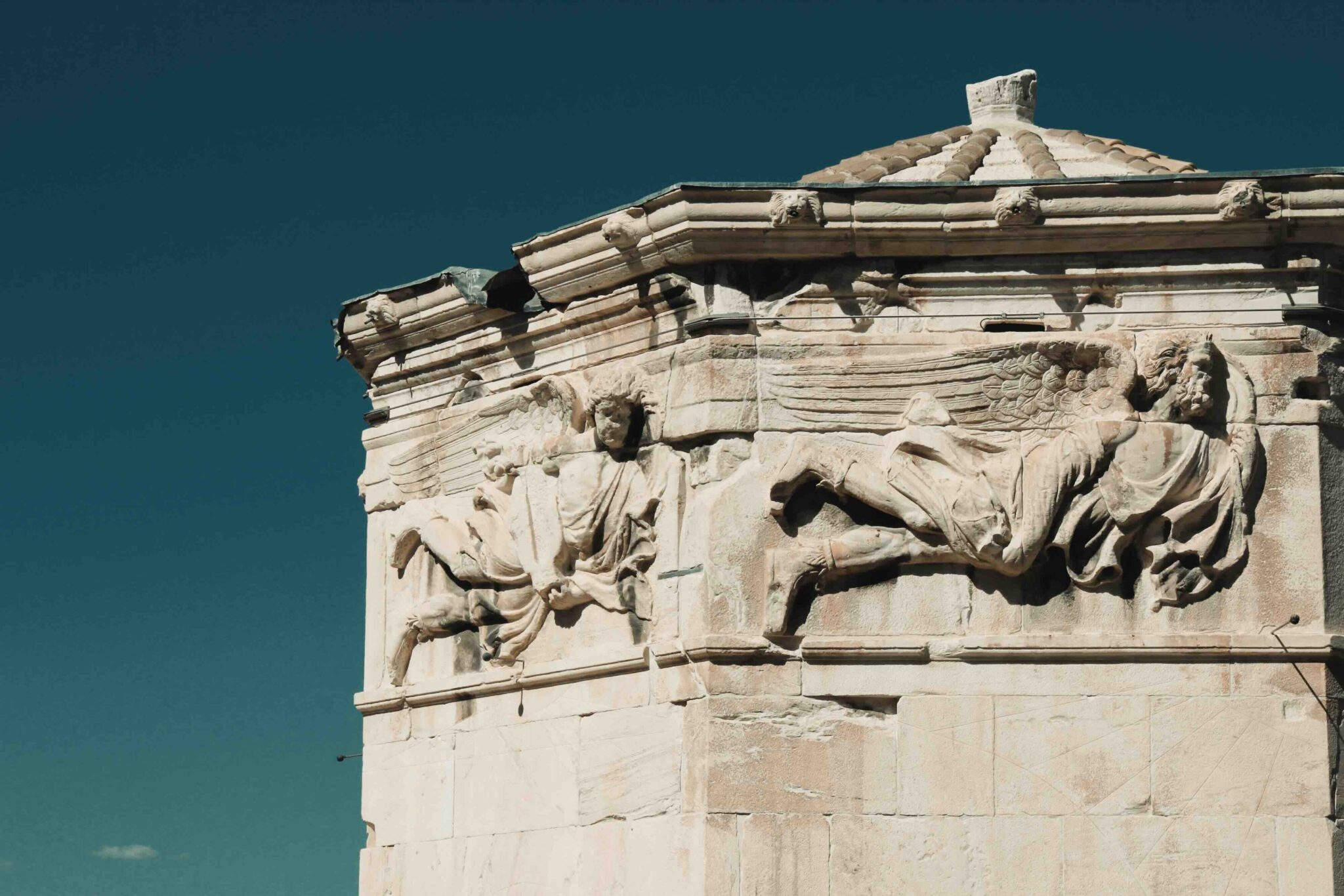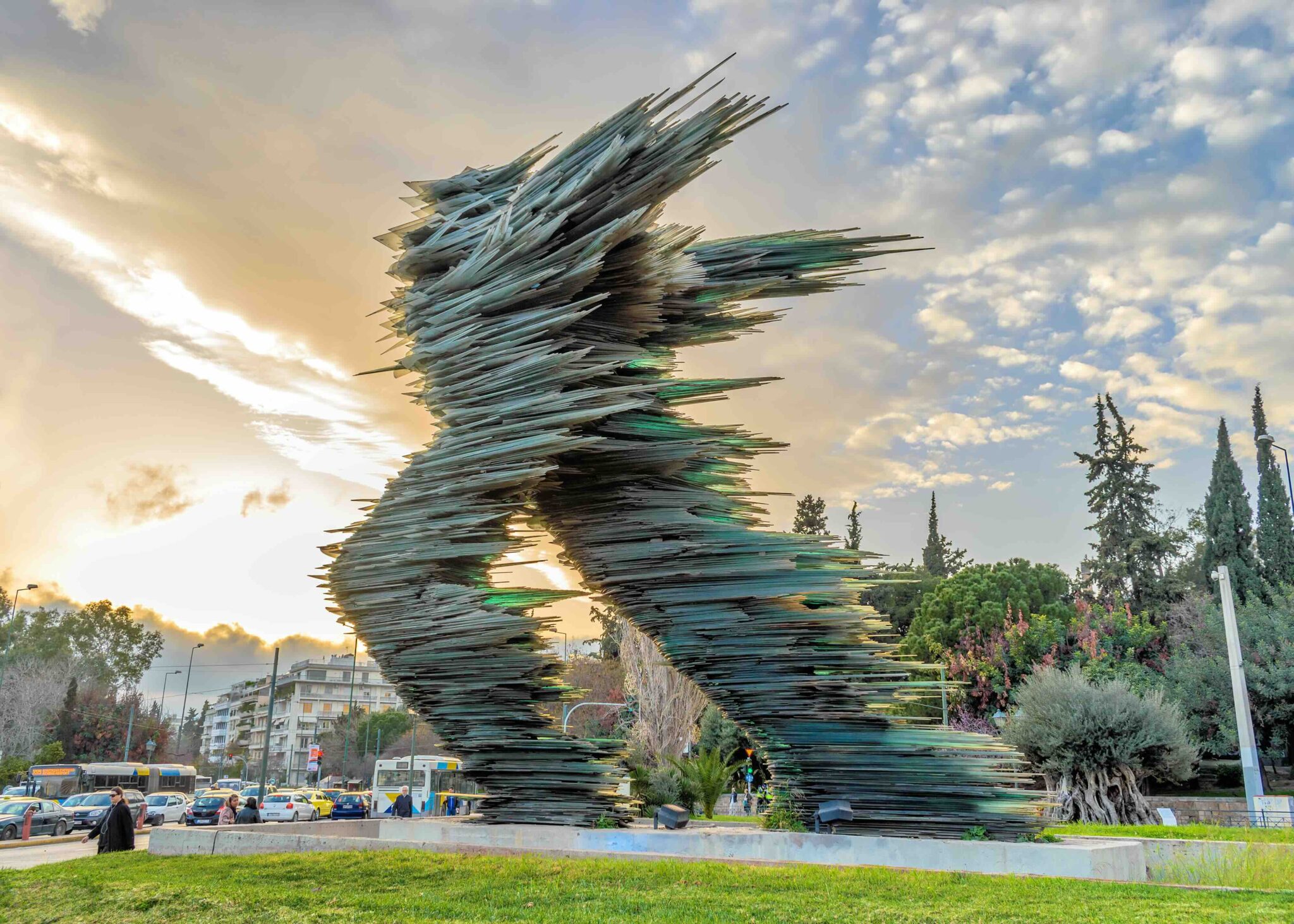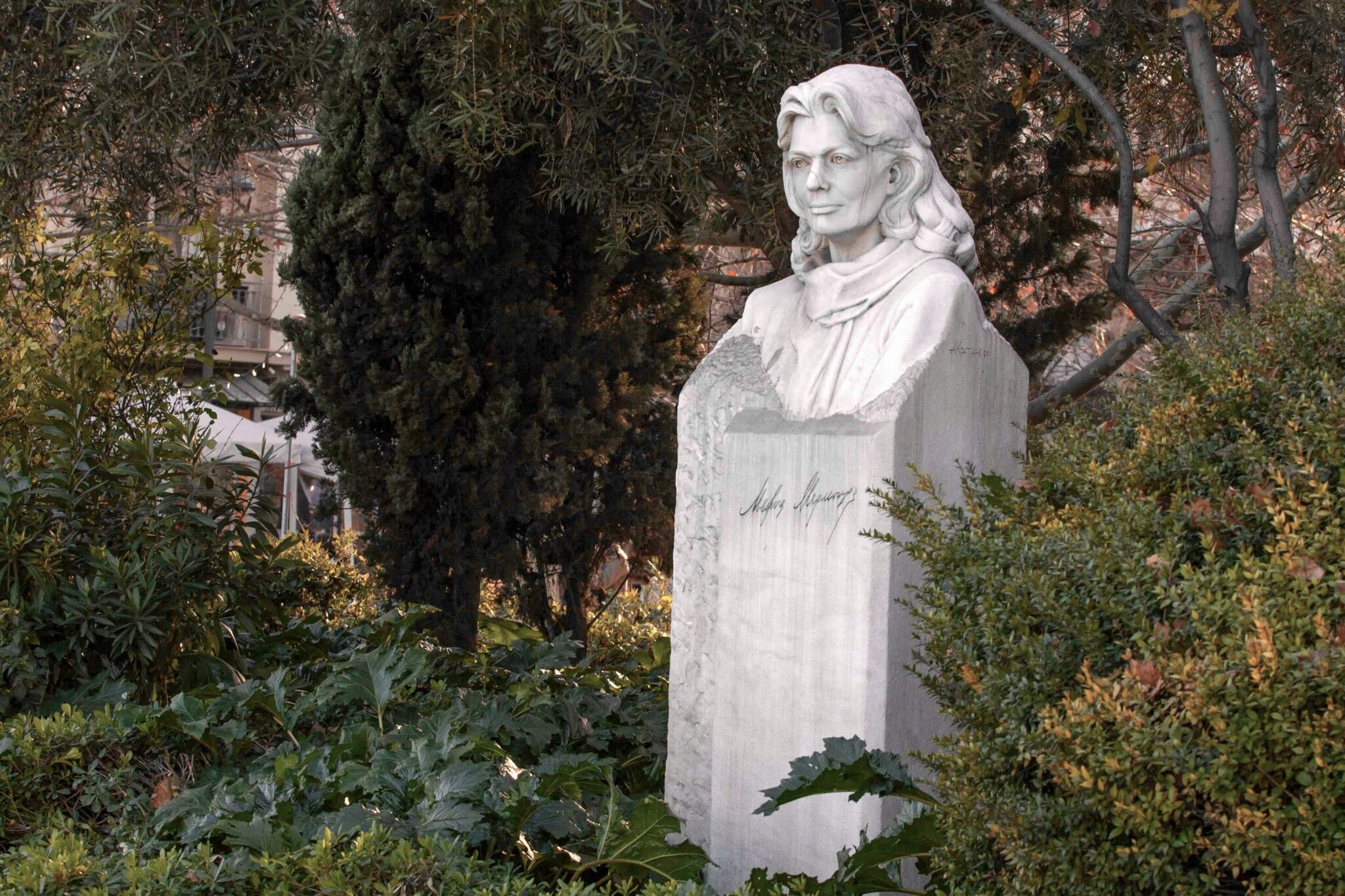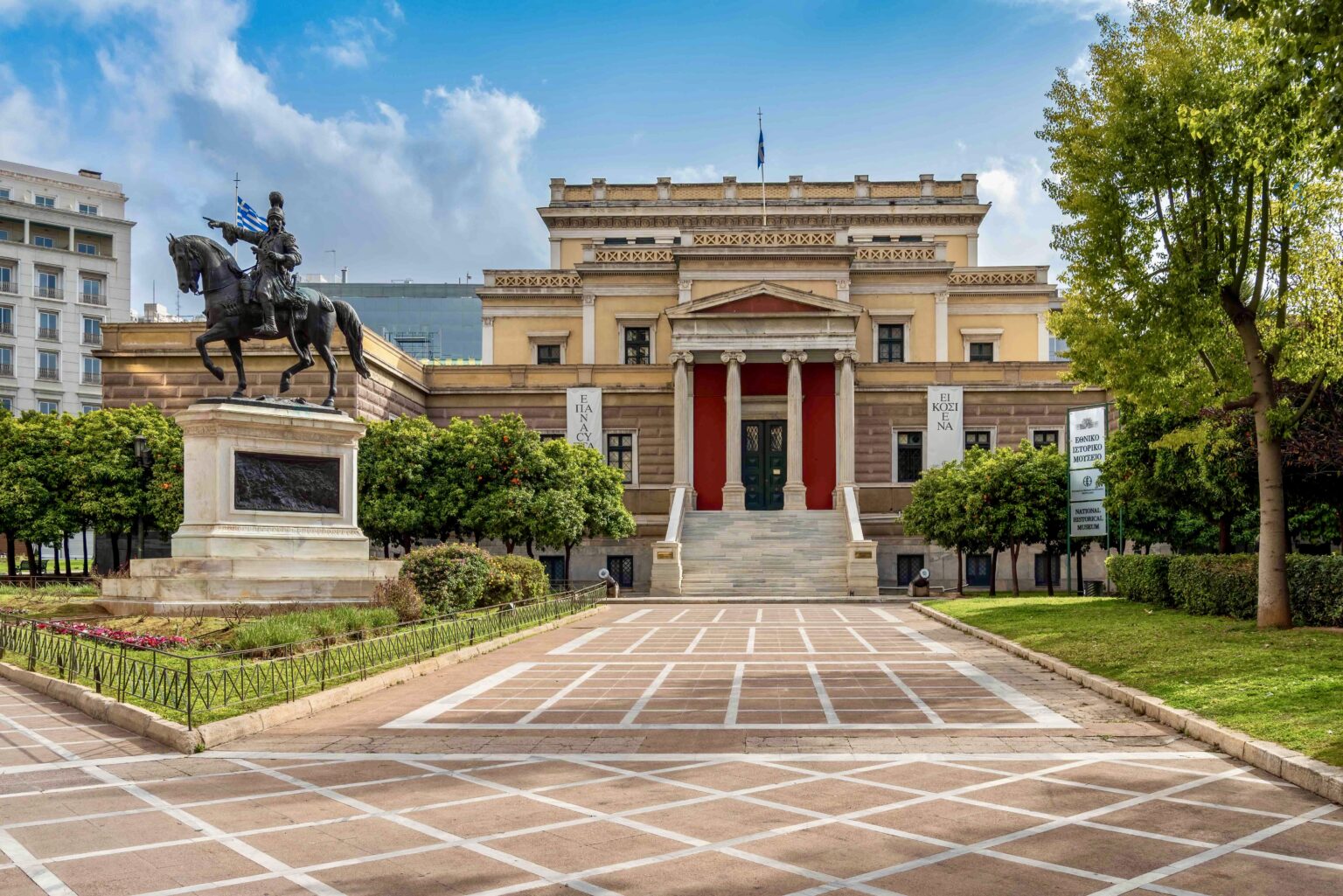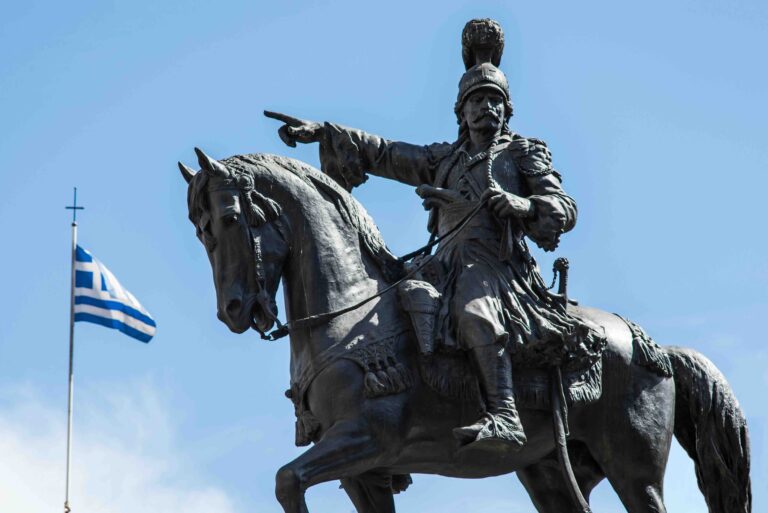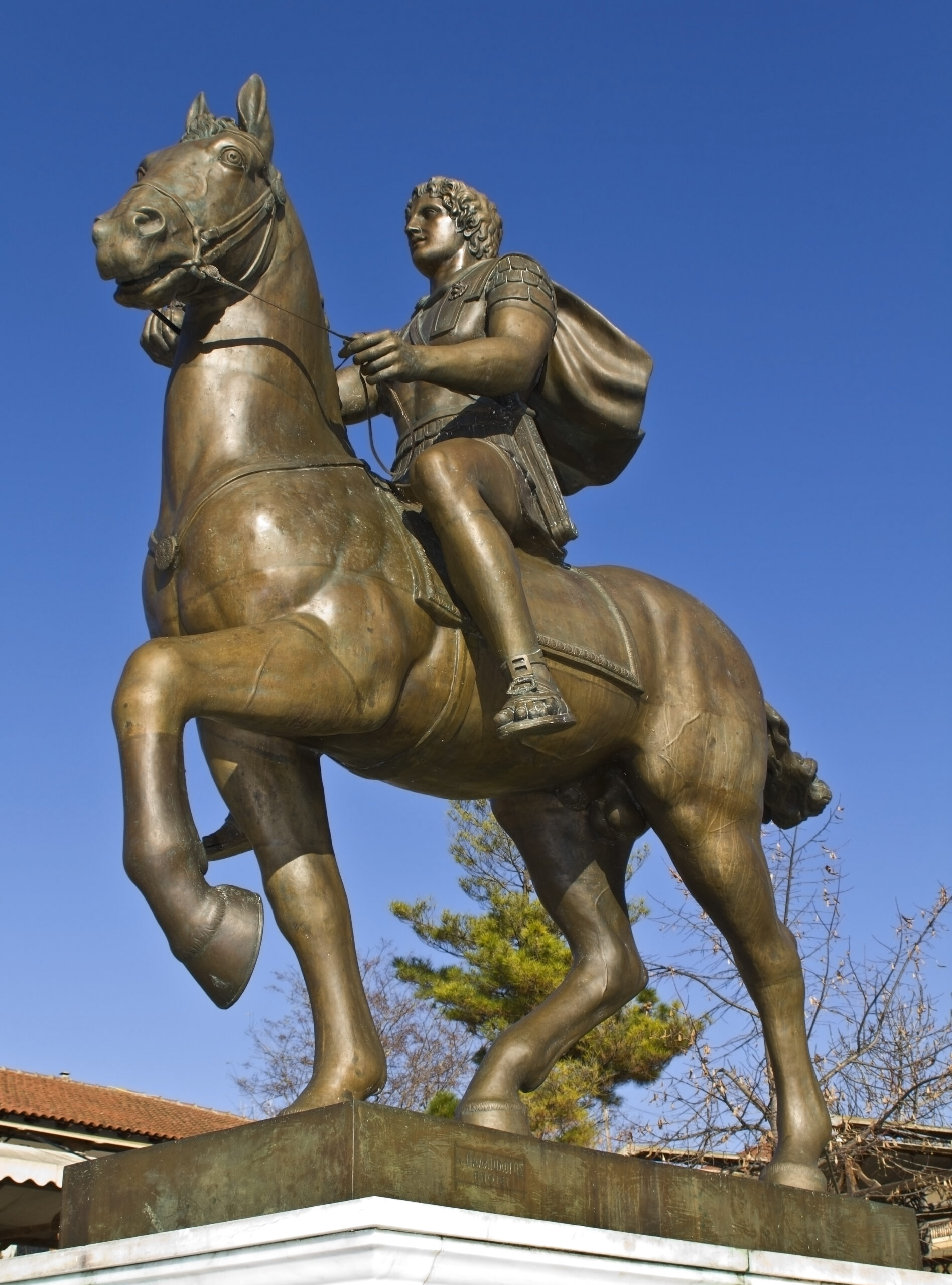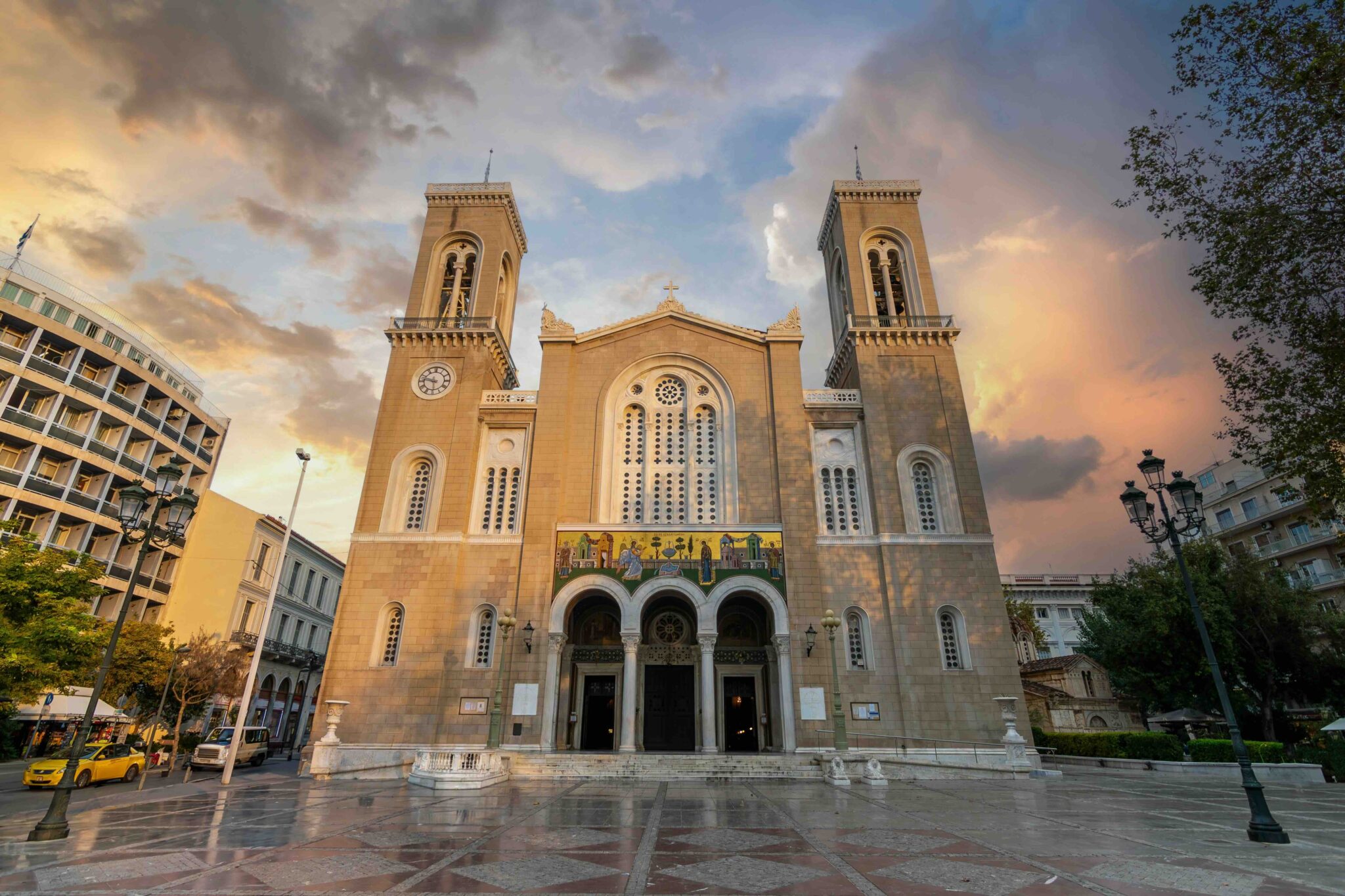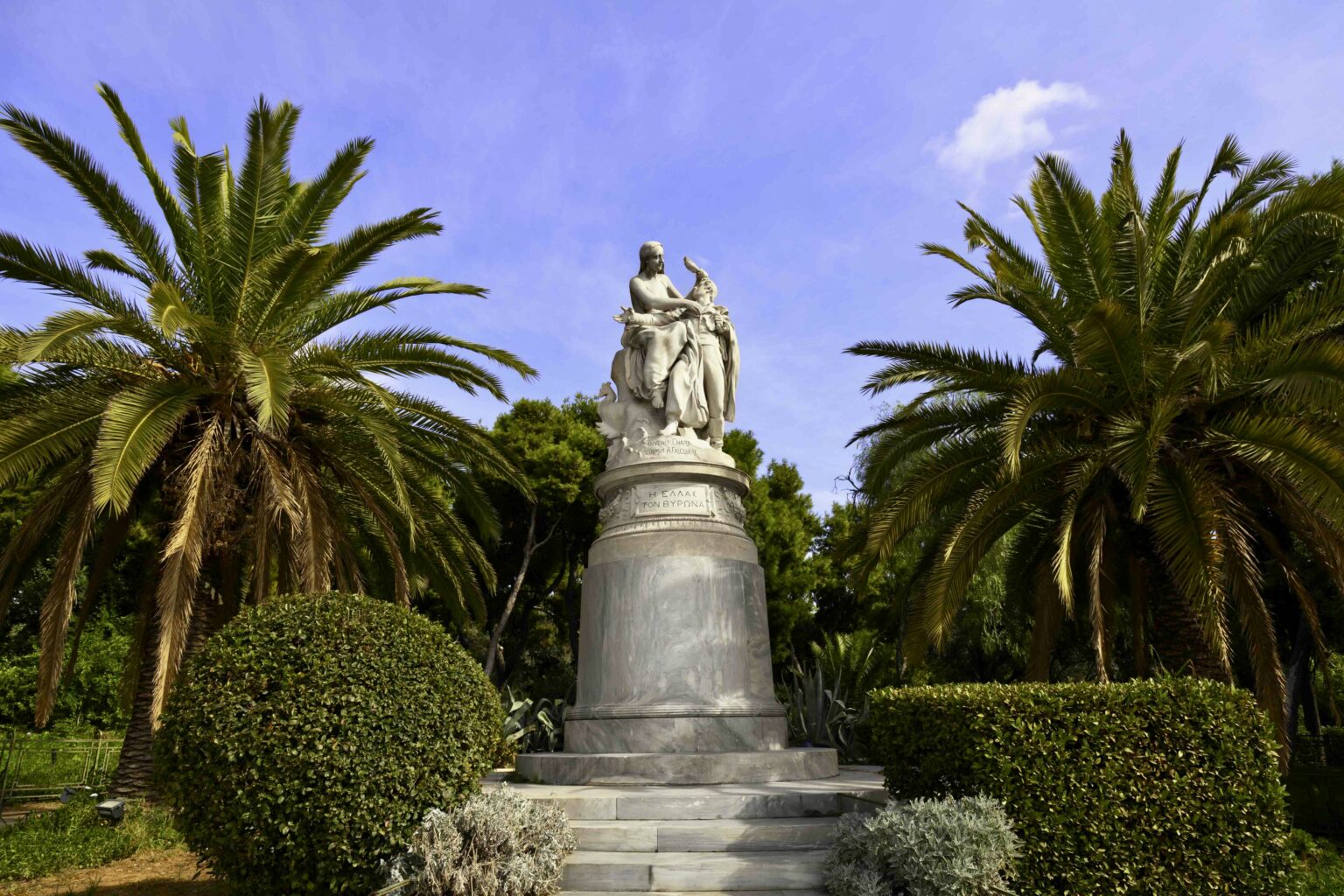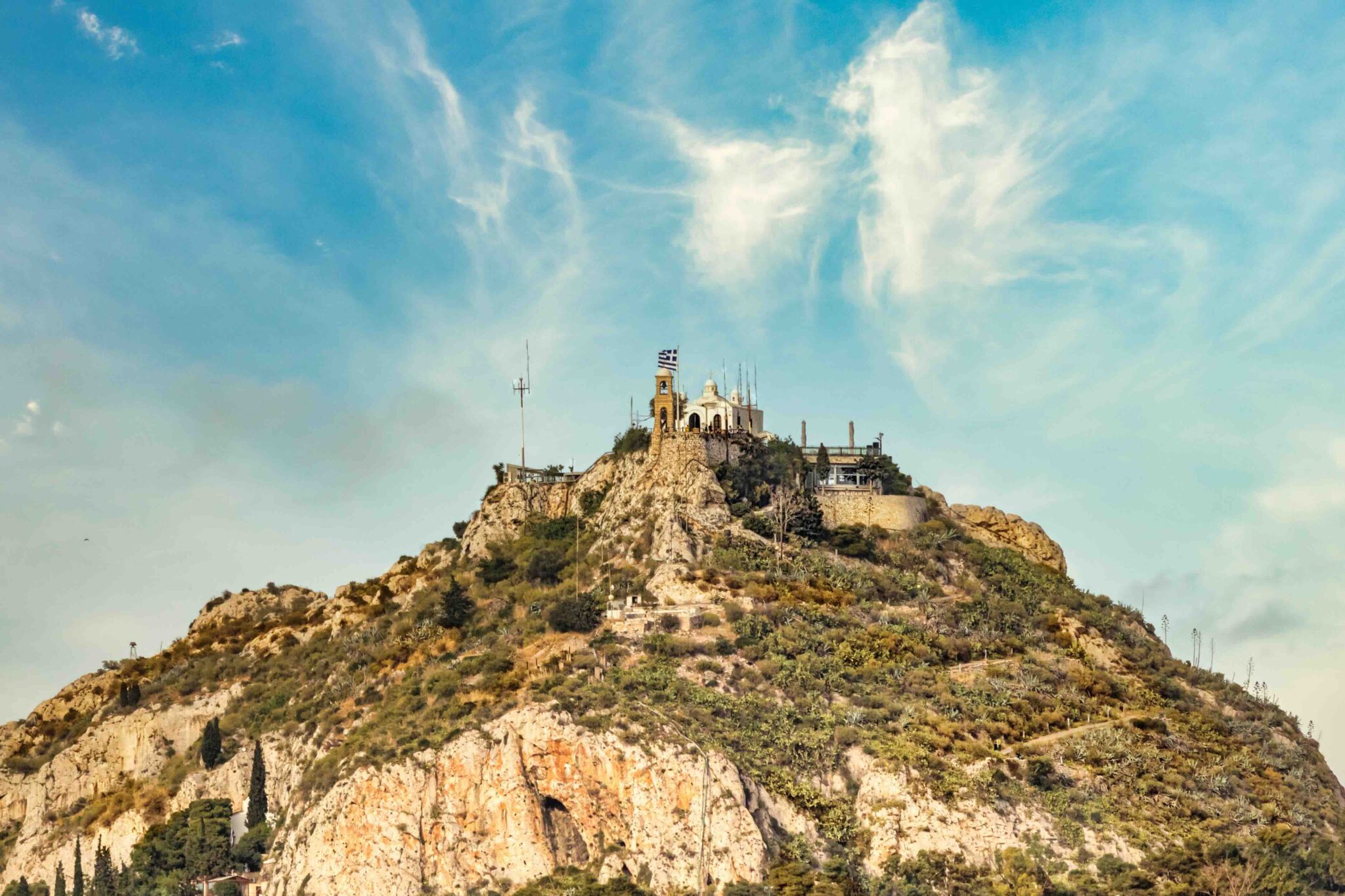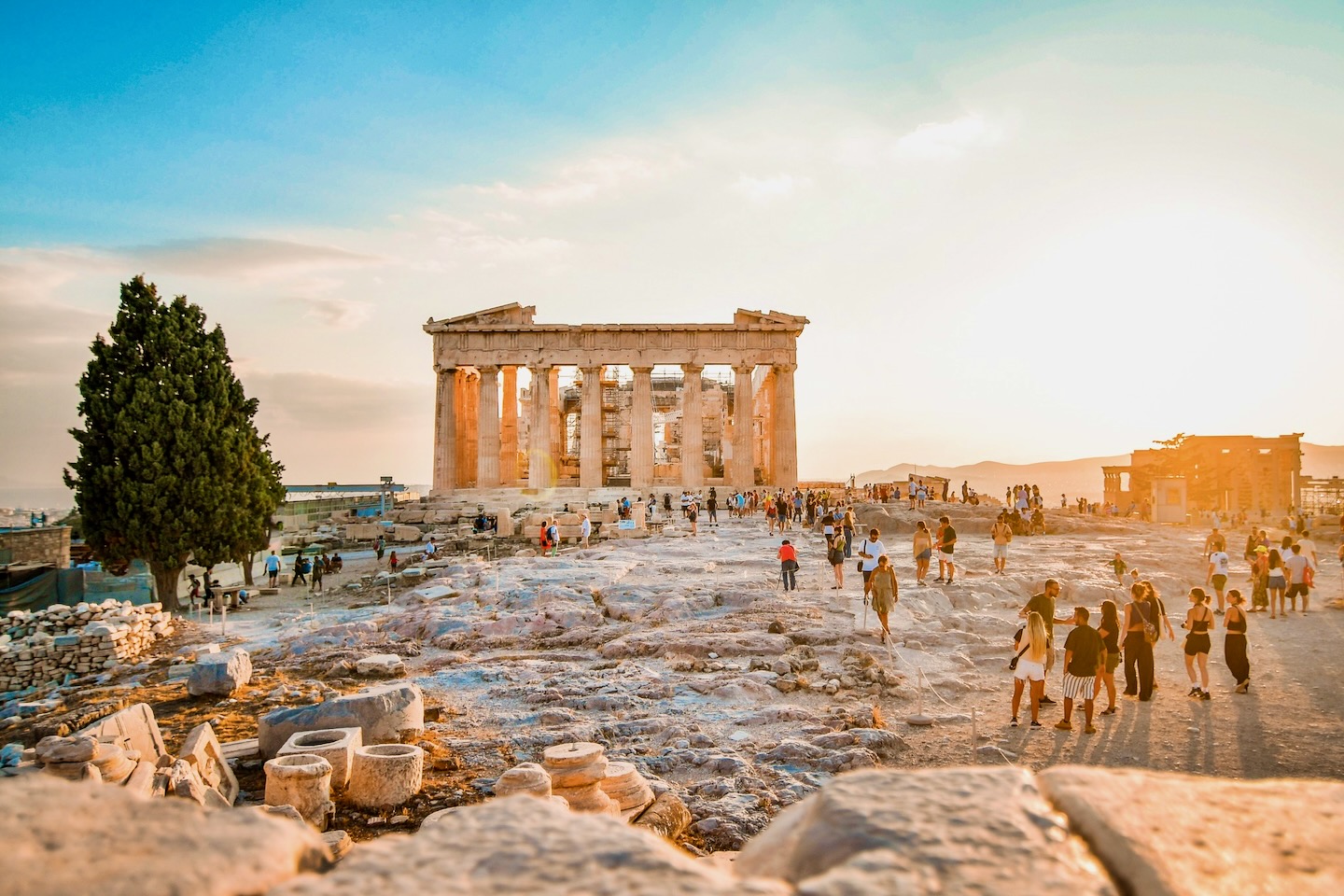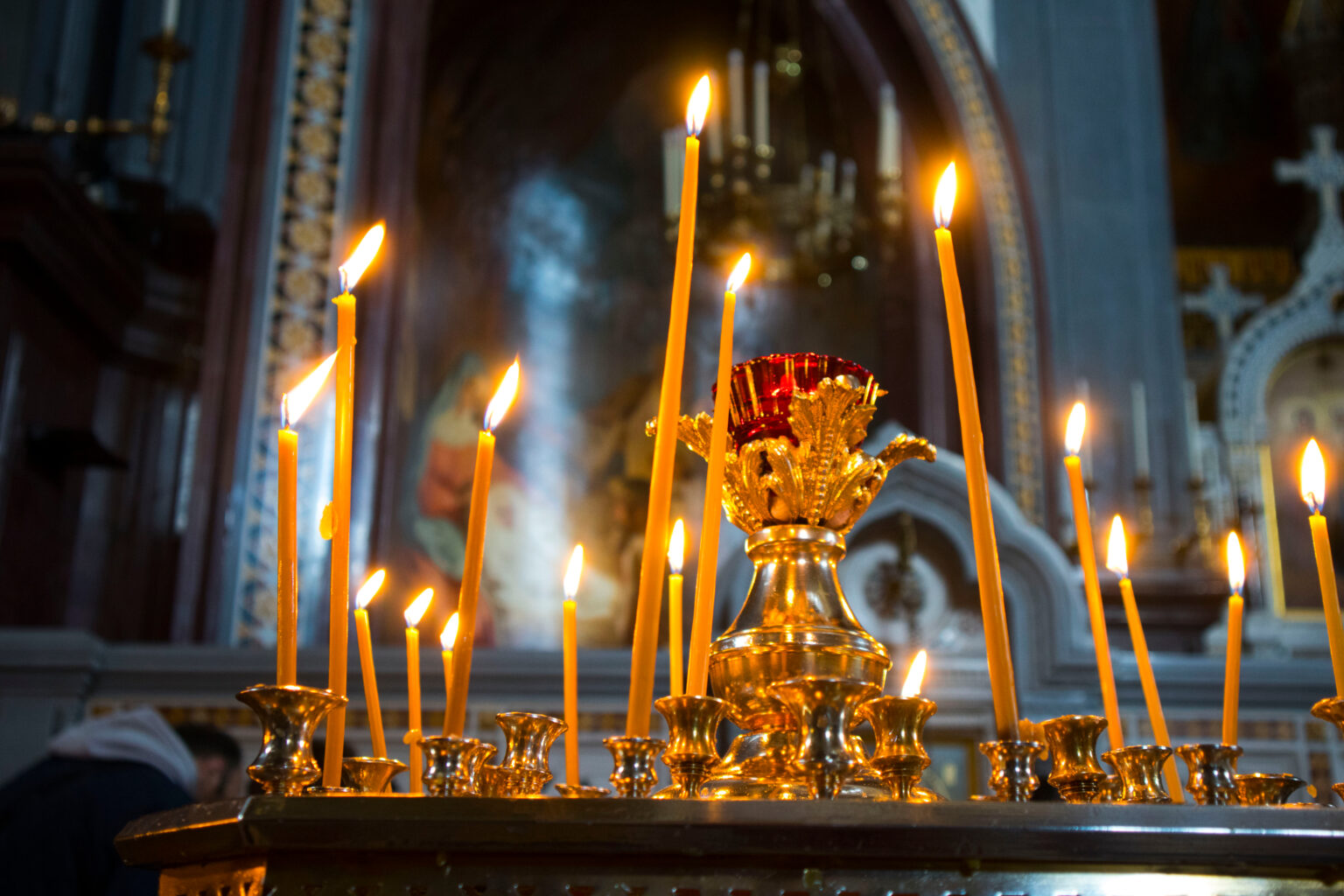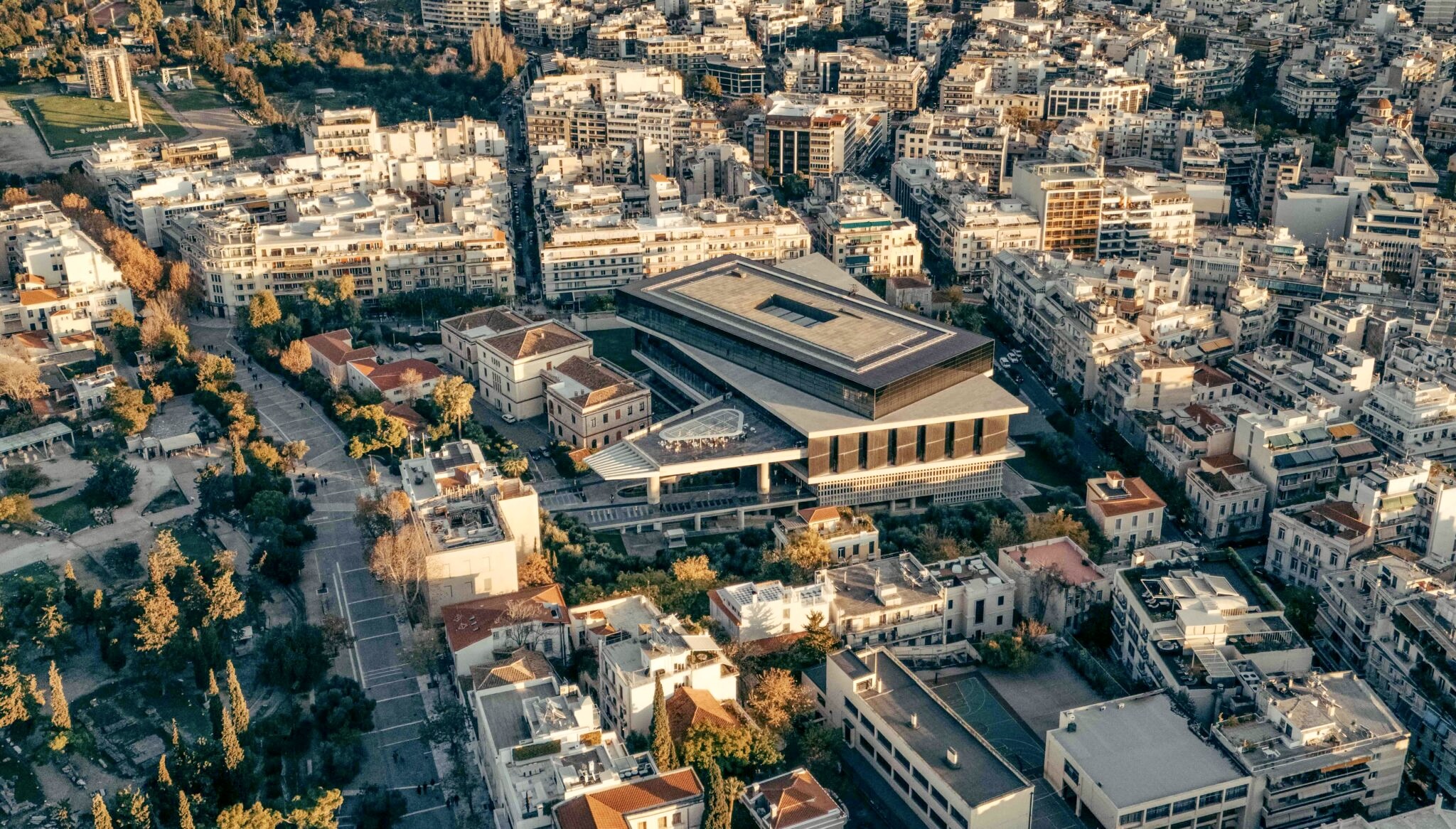Everywhere you look in Athens, you will see a part of the city’s – and even the country’s history. The Greek capital is full of paradoxes between the old and the new, from the classical to the progressively modern. Although it is a city that keeps changing, surprising even its permanent residents with its neverending upgrades and transformations. With new hotels, restaurants, stores, galleries, cafes and bars constantly opening to accommodate an increasing, global demand, Athens’ innumerable landmarks and monuments remain like anchors of the city’s fascinating past identities.
Here we have selected the most unmissable places or things to visit, offering you a more profound and meaningful understanding of Athens’ many features and attributes. Visit historic personalities who stand in squares as reminders of their great achievements and impact on the lives of millions, or ancient temples that still invite us to connect with the sacred just as Greeks did millennia ago. Walk through parks where legendary philosophers once traipsed or take a close look at commemorative works that tell of pain and loss as much as about glory and triumphing overcome the greatest of challenges.
Hellenic Parliament
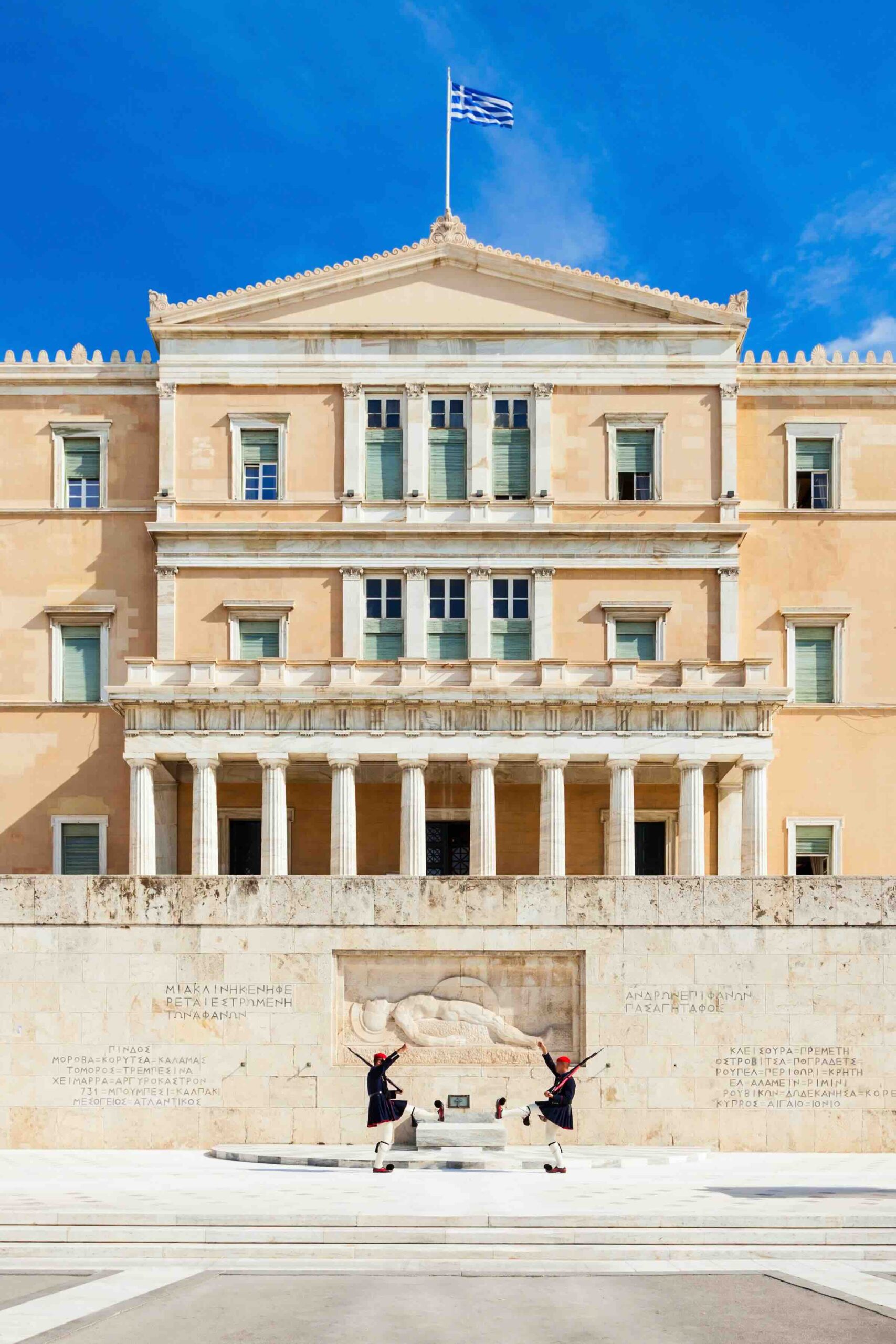
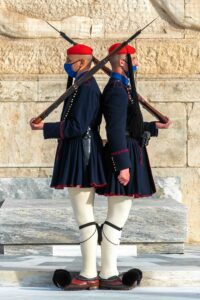
The Hellenic Parliament in Athens, a neoclassical marvel designed in 1836 by German architect Friedrich von Gartner, stands in Syntagma Square drawing tourists to watch the Changing of the Guard ceremony, which takes place in front of the Tomb of the Unknown Soldier, one of Athens’ most important monuments. Originally King Otto’s and Queen Amalia’s royal palace, it became the Parliament in 1935.
Highlights: Watch the Changing of the Guard by the elite Evzones guards at the Tomb of the Unknown Soldier, admire the building’s impressive neoclassical architecture, and wander through the nearby National Garden (which also has a playground) for a tranquil escape.
The Parthenon
The Parthenon, a temple dedicated to Athena Parthenos, stands as a symbol of Athenian democracy and breathtaking architectural brilliance. Constructed between 447 and 438 BC on the Acropolis, it replaced earlier temples. Designed by Iktinos and Kallikrates, with sculptures by Pheidias, it showcases a unique blend of Doric architecture and innovative design. Read more about the Parthenon and the Acropolis.
Highlights: The classical Doric pillars, the detailed sculptures, and the spectacular panorama of Athens from the Acropolis.
The Erechtheion
Famed for its Caryatid Porch, the Erechtheion on the Acropolis is a gem of ancient Greek construction, imbued with mythological and spiritual importance. It was built between 421 and 406 BC, replacing an earlier temple dedicated to Athena. Notable for its multi-cult purpose, it features an Ionic portico and once housed Athena’s olive wood statue. Created by Alkamemes or Kallimachos, the Caryatid statues paid homage to the young women from Karyes of Lakonia, known for their dances in honor of the goddess Artemis.
Highlights: Take a close look at the six Caryatids, sculpted female figures that serve as architectural supports, replacing traditional columns. These are replicas and five of the original statues are in the Acropolis Museum, whilst the sixth, one of the Parthenon marbles stolen by Briton Lord Elgin in the 1800s, is still housed at the British Museum.
Athena Nike Sanctuary
Built by Kallikrates from 426-421 BC, the Temple of Athena Nike, with its Ionic amphiprostyle design and battle scene friezes, represents triumph. Despite being repurposed into a Byzantine church and an Ottoman munitions store, the temple underwent careful reconstruction in the late 19th century.
Highlights: The Ionic-style columns, the friezes illustrating historical and mythical events, and the sweeping vistas of Athens.
Temple of Olympian Zeus
Initiated in the 6th century BC, the colossal Olympian, Zeus’ tribute, took over seven centuries to complete due to political shifts. Once featuring 104 columns, this largest Greek mainland temple now has 16 (15 standing, one fallen). Emperor Hadrian finalised it, adding his statues.
Highlights: The lofty Corinthian columns’ ‘Stone Chronicle’ marks historical events, offering a glimpse into past epidemics and disasters, the temple’s storied background, and the views near Hadrian’s Arch nearby.
Temple of Hephaestus
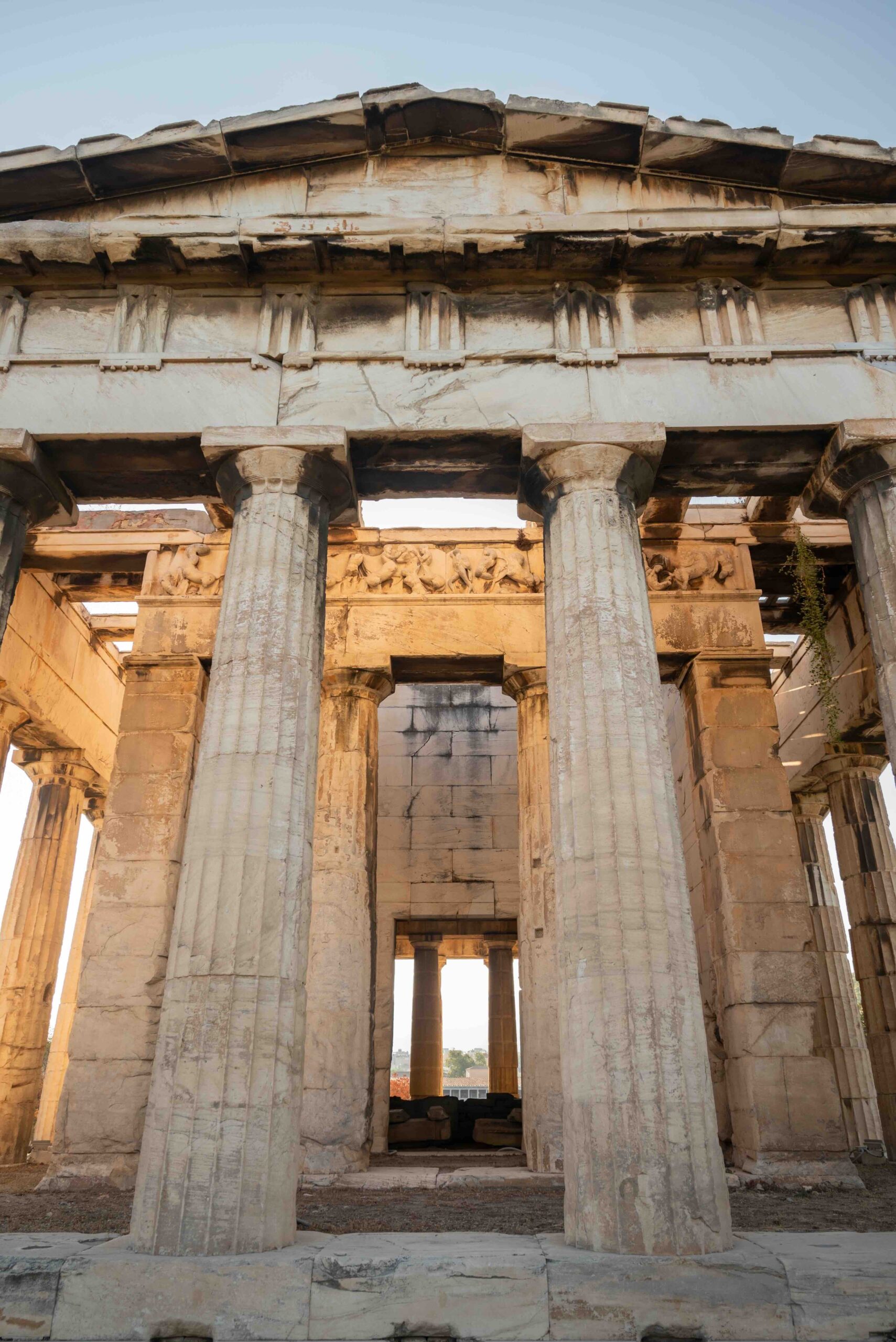
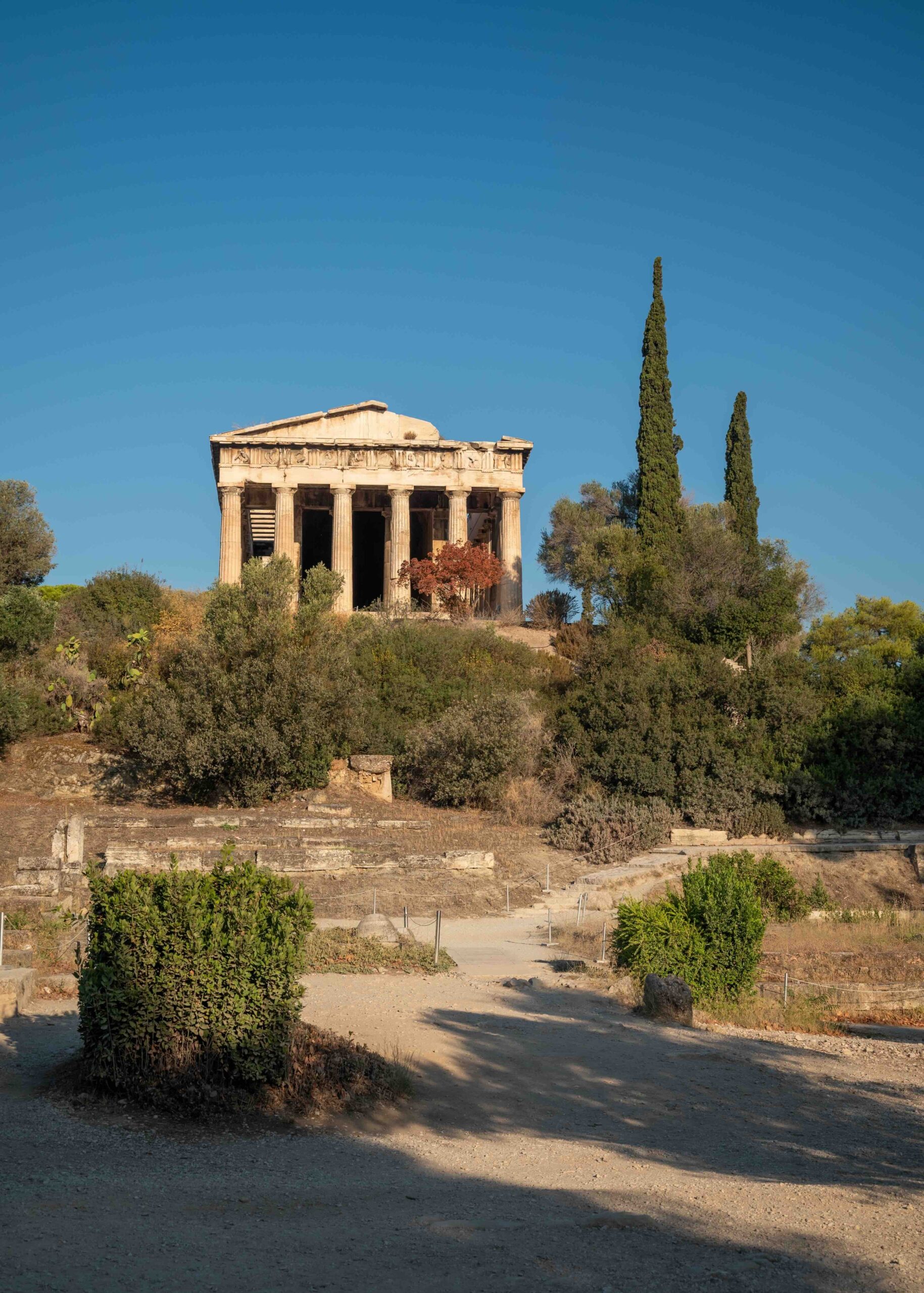
On a low promontory called Kolonos Agoraios stands Grrece’s best-preserved Doric temple, the Hephaestion, sometimes known as the Thission because of friezes showing the exploits of Theseus, which later gave name to the greater area. Built just before the Parthenon, it has 34 columns and retains its roof structure substantially intact, while inside, there are the bronze cult statues of Hephaestus and Athena.
Highlights: The intact Doric columns, the internal friezes, and the perspectives of the Ancient Agora.
Hadrian’s Athenian Library
Built by Emperor Hadrian in 132 AD, this former library was a center of learning in Athens. Its remnants offer a glimpse into the grandeur of ancient Greek architecture and intellectual life.
Highlights: The formidable front, the archaeological displays, and the remains of reading and lecture areas.
Odeon of Herodes Atticus
The Theater of Dionysus, where ancient Athenians first experienced masterpieces like Electra and Medea, has a history shrouded in mystery. Originally part of a sanctuary dedicated to Dionysus, it was built during the Peisistratids’ reign in 161 AD. Over time, it served as a meeting place for the Ecclesia of the Demos and, in Roman times, a venue for bloody sacrifices. It fell into obscurity during the Byzantine era. Today, despite its condition after extensive restorations, it’s open to the public and hosts theatrical and musical performances.
Highlights: The venue’s remarkable sound quality, the stone seating, and the experience of watching a show in this historical setting, the area of Makryianni around it.
Panathenaic Stadium
Constructed entirely of marble, this stadium was the site of the inaugural modern Olympics in 1896. Its long history offers a rare insight into ancient sports traditions.
Highlights: The feeling of sitting on the marble tiers, the Olympic heritage exhibition, and the encompassing view of Athens, visit the running track and the ancient hills behind it.
Kerameikos Ancient Cemetery
This historic cemetery, used from the Early Bronze Age to the 6th century CE, showcases graves adorned with statues of mythical beings, animals and humans. Notably, the site encompasses segments of Themistocles’ ancient walls and the Pompeion, crucial for the Panathenian Games. The area, originally home to many pottery workshops, derives its name from ‘keramos,’ (the Greek word for pottery).
Highlights: Explore the age-old burial plots and statues, visit the Kerameikos Museum, and view the historical City Wall remnants.
Academy of Athens
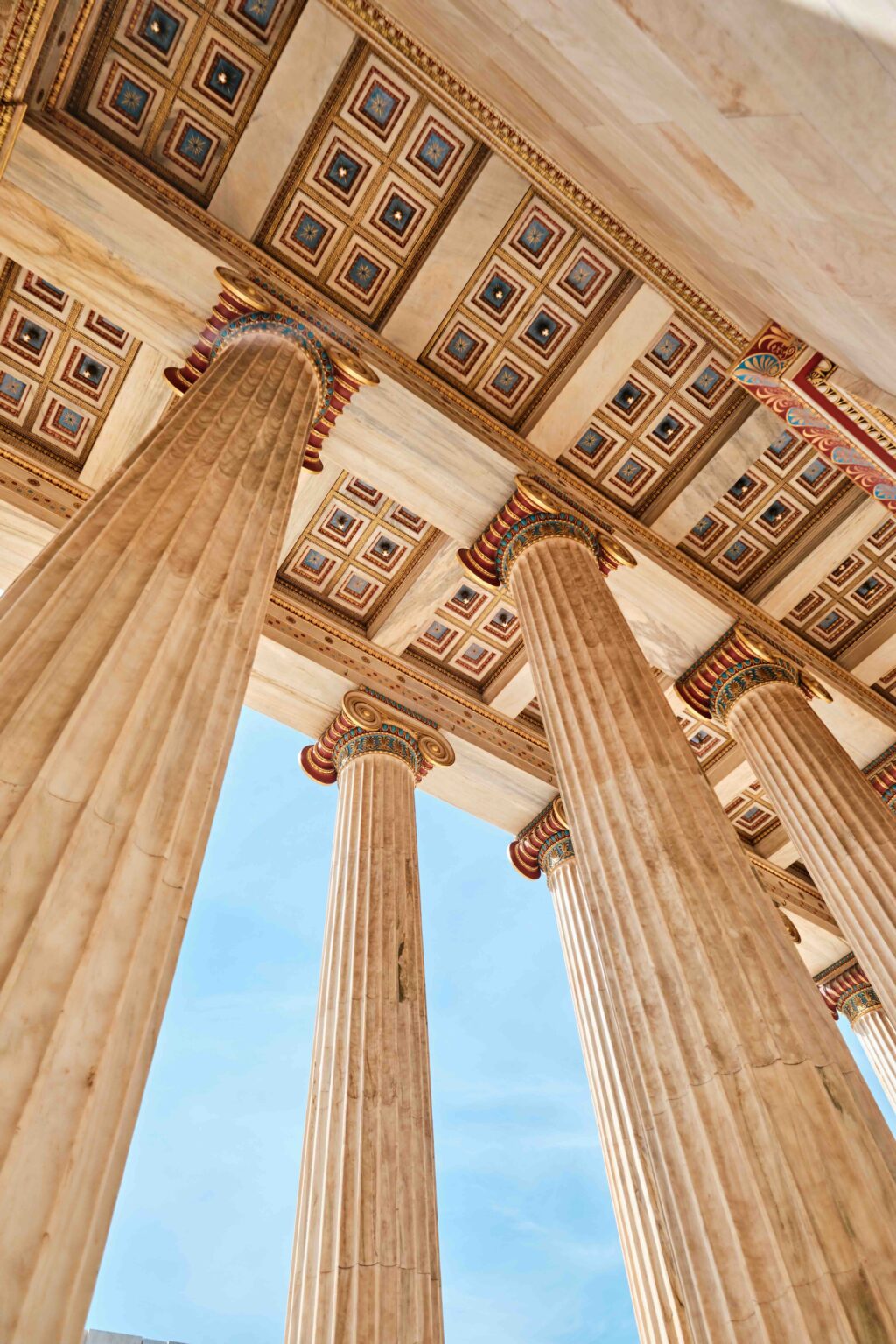
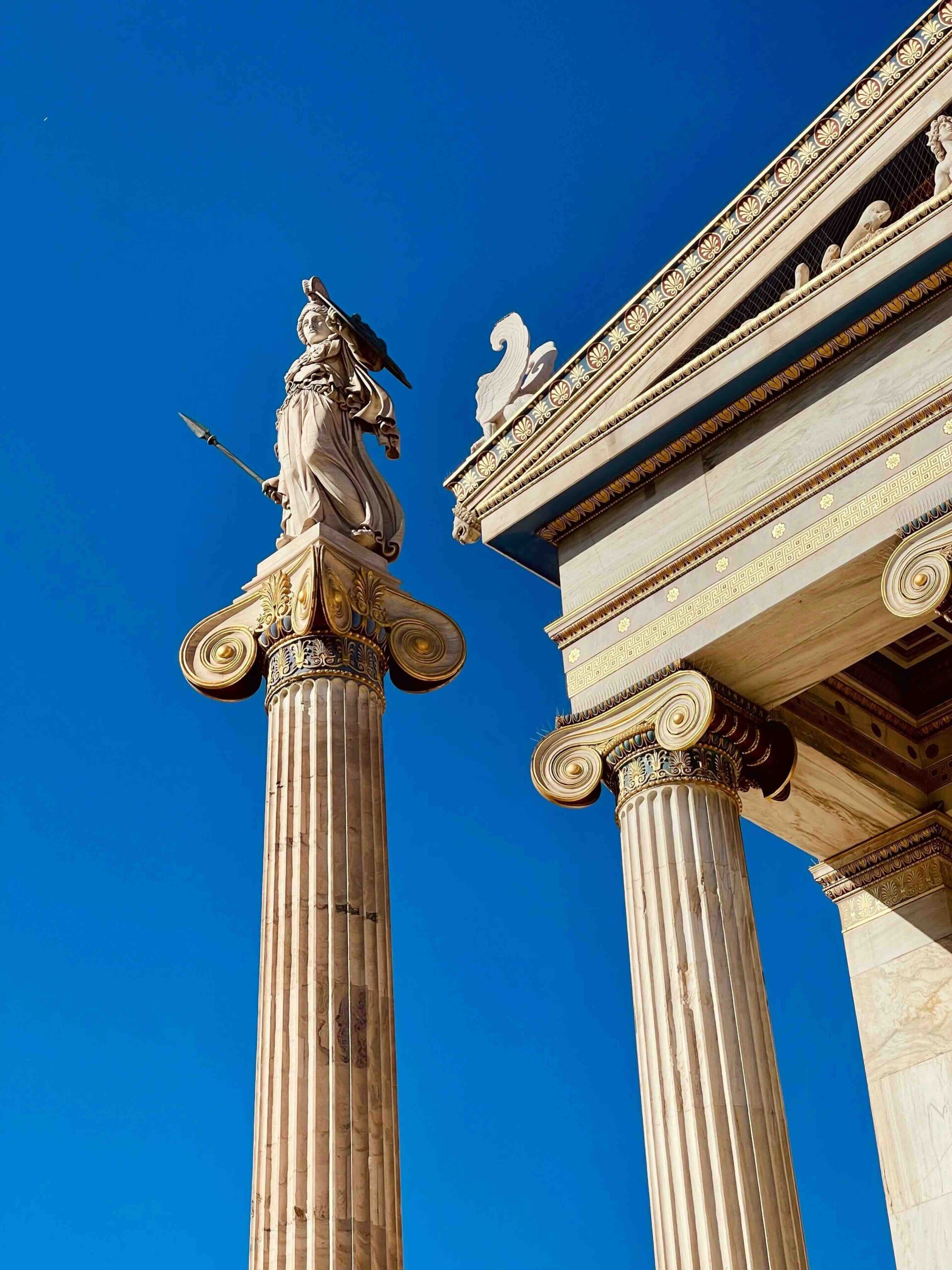
This architectural masterpiece on Panepistimiou street embodies neoclassical elegance and is condidered among the most beautiful buildings of its style in the world. Built in 1885 and founded in 1926, it is the highest research establishment in the country and forms part of the Athenian Trilogy. Its façade is adorned with statues and intricate details, reflecting the pursuit of knowledge and arts.
Highlights: Look up and marvel at the iconic statues of Plato, Athena and Apollo. Admire the richly decorated columns and sculptural detail in the marble designs. Christian Griepenkerl’s grand mural of Aeschylus’ “Prometheus Bound”, which adorns the western side of the Academy’s Main Hall. Take in the historic beauty of the entire Trilogy, made up of the Academy, University and Library.
Ancient Agora
Located at the Acropolis’s northwest base, the Ancient Agora, distinct from the Roman Agora, was Athens’ classical marketplace. Surrounded by key administrative buildings, it became a bustling hub for traders. Here, philosophers like Socrates and Plato shared their ideas, and Zeno introduced Stoicism, named after the Agora’s stoas. The significant Panathenaic Way, leading to the Acropolis and featured in the Parthenon frieze, now ends at the Stoa of Attalos. Presently, it’s an impressive archaeological site, home to notable remains like the Hephaestus Temple. Read more about the ancient agora.
Highlights: See the Stoa of Attalos and walk around to see different aspects of Athens.
Roman Agora of Athens
Under Roman rule, the civic centre of the city was the Agora, anchored by the Tower of the Winds at its far end. Julius Caesar and Emperor Augustus funded its construction. The Agora had two main entrances: an Ionic propylon to the east and a Doric gate to the west, known as the Gate of Athena Archegetis.
Highlights: The remains of the Vespasianae, or public toilets, dating from the first century, are worth seeing. They have benches with holes in the walls and a sewage pipe underneath.
Gennadius Library
Established in 1926, this library is a treasure trove of Greek literary and historical documents, manuscripts, archives, rare books and works of art, serving as a central point for studies in Greek culture and housed in a beautiful neoclassical building in Kolonaki.
Highlights: The comprehensive collection of unique works, the peaceful garden, and the remarkable structural design.
Zappeion
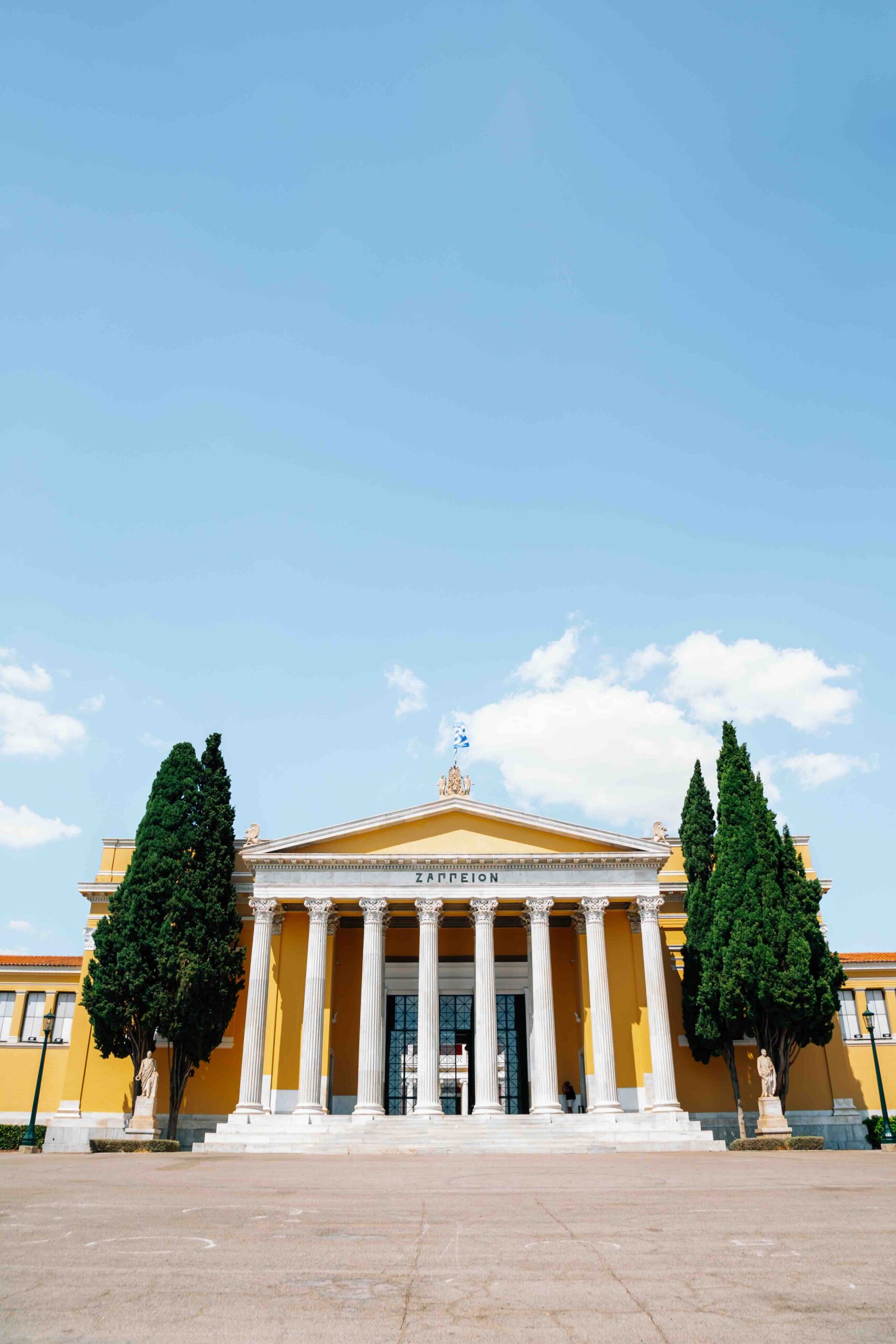
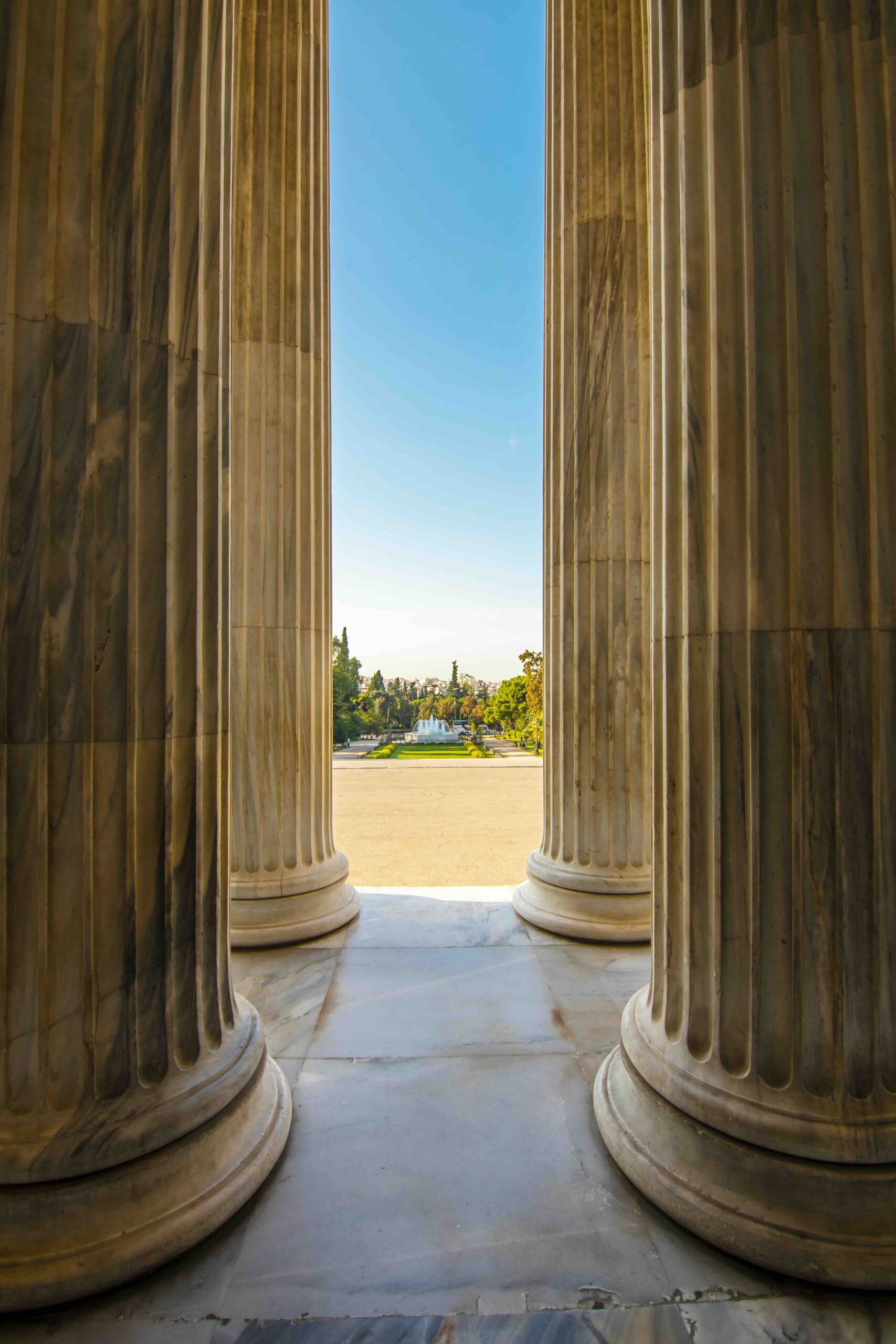
Built in 1888 and designed by the Danish architect Theophilus Hansen, this was the first building to be erected specifically for the revival of the Olympic Games in the modern world. Named after its benefactor, Evangelos Zappas, the semi-circular neoclassical building with a Corinthian style façade has played a versatile role, from hosting Olympic fencing in 1896 to serving as a significant venue for political and cultural events in Greek history and until today.
Highlights: Admire the hall’s grandiose architecture, reflecting Greece’s 19th-century cultural revival, wander through the adjacent National Gardens, an oasis of tranquility in the city that runs from Zappeion to the back of the parliament building.
Eleftherios Venizelos Statue
This statue near the Hellenic Parliament in Athens celebrates Eleftherios Venizelos, a key figure in the Greek national liberation movement, who significantly contributed to Greece’s expansion and the promotion of liberal-democratic ideals. His leadership saw Greece’s area and population double during the Balkan Wars (1912–13). Sculpted in the mid-20th century, it portrays Venizelos in a pose that reflects his role as a reformist and nation-builder.
Highlights: Experience the statue’s dignified representation and explore Eleftherias Park where it stands (you’ll also find a cafe here).
Plato’s Academy
In 388 BCE, Plato established his renowned philosophical academy on sacred grounds that once housed one of the city’s ancient gymnasia for athlete training from the 6th century BCE. This modest, open-air archaeological site offers the unique experience of walking the same paths as the father of Western philosophy.
Highlights: Investigate the archaeological remnants, enjoy the tranquil park atmosphere, and visit Plato’s Academy Digital Museum, which offers interactive exhibits about Plato’s life nearby on Monastiriou street.
First Cemetery
More than just a resting place, the First Cemetery in Athens is akin to an alfresco art gallery, with its striking marble sculptures and graves of prominent Greek families. Its calm aura is a stark contrast to the urban hustle and visitors often come here to rest on park benches and take in the art of the sculptural works.
Highlights: Graves of illustrious Greek figures, from heads of state and tradesmen to archibishops and war heroes, the exceptional funerary sculptures, and the tranquil promenades.
Sleeping Female Figure
Within Athens’ First Cemetery, this poignant statue depicting Sofia Afentaki, a young woman who died at 18, was reated by the renown Greek sculptor Yannoulis Halepas in 1878, stands out among many other impressive funerary sculptures in the first cemetery.
Highlights: The statue’s emotional resonance, the realism of the folds in the girl’s nightdress and bedsheets, the evocative expression of grief on her face.
Philopappos Monument
Visible from many points in Athens and especially beautiful when lit in gold light at night, the second century AD monument was built as a dedication to Gaius Julius Antiochus Filopappos, a prominent Roman administrator and benefactor of Athens. It stands atop Filopappou, the verdant hill that was named after it.
Highlights: Enjoy breathtaking views of the Acropolis, walk along the tranquil paths near the monument, and study the inscriptions on the monument.
Lysikrates Monument
In the 4th century BC, Lysicrates, a patron of the Theater of Dionysus, built a monument to celebrate his Dionysiacs victory. Situated on the route to the ancient theatre, this 6-meter-high rotunda, crafted from Pentelic marble, is adorned with Corinthian columns.
Highlights: The monument’s architectural intricacy; look closely at the narrative reliefs. Experience the charm of the historic Plaka neighbourhood in which it stands.
Hadrian’s Arch
The Arch of Hadrian, known in Greek as Hadrian’s Gate, is a monumental gateway in Athens, Greece, resembling a Roman triumphal arch, and is made of Pentelic marble. It was built over an ancient road leading to the city’s eastern structures, including the Temple of Olympian Zeus. Likely constructed to celebrate Emperor Hadrian’s arrival and to honor his contributions to Athens, it coincided with the dedication of the nearby temple complex around 131 or 132 AD.
Highlights: Examine the arch’s inscriptions, enjoy views of the Zeus Olympian Temple through the arch, and appreciate its picturesque location.
Socrates & Confucius Statues
These statues are a unique cultural synthesis. Made by a collaborative team of Greek and Chinese artists and placed in the ancient agora in 2021, they portray Socrates and Confucius in a symbolic dialogue. The statues are not only a nod to historical Greek and Chinese philosophies but also a modern reminder of the shared pursuit of wisdom across cultures.
Highlights: Reflect on the convergence of ancient Greek and Chinese thought, admire the many other features of the agora around the statues.
Tower of the Winds
Standing in the Roman Agora, the Tower of the Winds is an architectural marvel from the Hellenistic period, dating back to the 1st century BC. It functioned as an advanced horological and meteorological station, showcasing the sophistication of ancient Greek science. The tower is adorned with carvings of the Anemoi, the eight wind deities.
Highlights: Examine the historical depictions, discover the tower’s ancient technological functions, and enjoy the views of the Roman Agora.
Dromeas Sculpture
This contemporary sculpture, located near Athens’ Hilton Hotel, is a bold artistic statement. Created in the 1990s by Greek artist Costas Varotsos, “Dromeas,” or “The Runner,” uses glass and metal to convey themes of speed and human resilience. Its fragmented, transparent form offers a modern counterpoint to Athens’ classical heritage.
Highlights: Appreciate the sculpture’s dynamic design and observe its interaction with natural light.
Melina Mercouri Statue
At the entrance of Dyionissiou Aeropagitou street in Makryinanni, this statue pays homage to Melina Mercouri, a celebrated figure in Greek arts and politics who served as Minister of Culture and fought for the return of the Parthenon marbles.
Highlights: Admire the statue’s expressive artistry, remember Mercouri’s enduring cultural and political legacy and absorb the lively atmosphere on this beautiful pedestrian road under the Acropolis,
Old Parliament
The historic building that once housed Greece’s legislature from 1875 to 1935, the Former Hellenic Parliament, is a splendid example of Greek Neoclassical design. Today, it’s the site of the National Historical Museum, where exhibits on Greece’s fight for autonomy are displayed. The structure’s design and historical displays are highlights.
Highlights: The majestic parliamentary chamber, relics from the Greek War of Independence, and the building’s striking exterior.
Theodoros Kolokotronis Statue
Standing proudly in front of the Old Parliament House in Athens, this statue commemorates Theodoros Kolokotronis, a hero of the Greek War of Independence. Sculpted in the early 20th century, it captures Kolokotronis in a heroic pose, a fitting tribute to his role in Greece’s struggle for freedom.
Highlights: Observe the statue’s commanding presence, read the historical information, and visit the nearby National Historical Museum.
Alexander the Great Statue
Previously located near sculptor Giannis Pappas’ workshop since 1993, the statue, now ja few minutes from the Hadrian’s Arch, portrays a teenage Alexander the III of Macedon, known as Alexander the Great, astride his horse Bucephalus, highlighting his youthful aspect rather than his later image as a warrior and conqueror.
Highlights: Study the statue’s artistry, reflect on Alexander’s vast influence.
Athens Metropolitan Cathedral
The Metropolitan Cathedral in Athens, between Syntagma and Monastiraki squares, is a key Greek Orthodox landmark. Built from materials of over 70 former churches, it features notable frescoes, icons, and a 24-metre-high dome. Starting construction in 1842 and completed in 1862, it’s known for hosting significant events like royal christenings and weddings. The cathedral, a blend of neoclassical and Greek-Byzantine styles, is a three-aisled basilica with a dome.
Highlights: The statue of Constantine XI Palaiologos, Greece’s last Byzantine Emperor outside the cathedral, the two marble lions at its entrance and the Little Metropolis, aka the Church of St. Eleutherios or Panagia Gorgoepikoos (“Panagia Who Grants Requests Quickly”), a Byzantine church adjacent to the Athens Metropolis.
Lord Byron Statue
Near Athens’ National Garden, this statue pays tribute to Lord Byron, the British poet who passionately supported Greece’s fight for independence. Sculpted in the late 19th century, it depicts Byron in a reflective pose, symbolizing his poetic contributions and his solidarity with the Greek cause.
Highlights: Examine the statue’s fine detailing, read the commemorative inscriptions, and enjoy the lush beauty and peacefulness of the National Garden.
Agios Georgios Church
Aghios Georgios Church on Lycabettus Hill – Set atop the scenic Lycabettus Hill, at Athens’ highest point, the Aghios Georgios Greek orthodox church was built in the early 20th century. The whitewashed structure gleams in the sunlight and is spotted from many points in Athens with the characteristic Greek flag at its tip.
Highlights: Soak in the stunning 360-degree view of Athens from this elevated vantage point. Visit early in the morning to enjoy the church’s serene and intimate atmosphere. Read more about Lycabettus Hill.



